Things to know up front:
You can enlarge the photos by clicking on them. Click the back arrow key to return to the post.
Every chapter in My Life Story includes information about me, my work, my family and my friends. It also includes information about events that took place locally and nationally, etc. that I thought important enough to include. You’ll also find that I’ve included films, musicians and recordings/videos, in addition to books that were released in a given year.
While I have included many personal photos, most of the graphic content included below is borrowed from the Internet. I do not claim to own this material. I am just adding it for educational purposes. If the owners of any of the content in the “My Life Story” series want their stuff removed, I am happy to oblige. My email address is jrdiaz@arizona.edu. Thanks!
This particular entry is divided into two parts. The first is the narrative for my life story in 1994. The second part includes a lot of graphics, including photos, postcards, maps, documents, news articles etc.
I began the year by continuing to work at the University of Arizona Libraries and living with my partner Ruben in a spacious, two bedroom apartment on the west side of town on Shannon Road, near Pima Community College. I turned 35 in mid-January, and was presented with a beautiful birthday cake that our friend Roberto made for me. It was delicious too. At the end of February, Ruben and I celebrated our 1 year anniversary as a couple. We had our share of ups and downs during our first year together, but we managed to work things out as we got to know eachother. We’re still together 31 years later. In March, he started school at the Allure College of Beauty, and within a year he would become a licensed cosmetologist and hair stylist. In April, we bought a new car, a 1993 Nissan Sentra, and we soon began taking road trips to places like Albuquerque and the Grand Canyon. It was so nice having a car that didn’t break down every other week, and we kept it for a very long time, 11 years to be exact.
Work-wise, 1994 was a very busy year. I passed my second year review as I continued to juggle a variety of responsibilities in my role as Assistant to the Dean for staff development, recruitment and diversity. Each area of responsibility was quite demanding. I was also a member of the Administrative Group and Library Cabinet, the library’s leadership teams, and attended every meeting and every training session held for these groups. The restructuring process was still unfolding, and there was a great demand for staff development and training. I continued to set up, as I had the previous year (for example, see: Library Wide-Training Plan Summary, June, 1993-December, 1993), scores of training sessions for the staff and the administration this particular year, and allocated several thousand dollars of funding for staff attendance at workshops and other events. However, I enjoyed the work I did in the area of diversity the most. I worked with the Library Diversity Council to set up a variety of informative programs, including a lecture on women in Islam, a Passover seder, a lecture on Black aviators, as well as a Cinco De Mayo lecture and celebration, among others. In July, the Diversity Council wrote an annual report for 1993/1994, that outlined all of the activities it sponsored and issues that it confronted. The Dean of the Library was quite impressed and pleased, and commended the group for its work. In July, E.J. Josey, a distinguished leader in African American librarianship and former president of the American Library Association, visited and gave a lecture on diversity in librarianship for the campus. In the Fall, I received funding from the University administration to host the writer Leslie Feinberg, whose novel, Stone Butch Blues, had just won the ALA Gay and Lesbian Task Force’s Book award for fiction. Feinberg was at the forefront of the budding transgender rights movement, and I organized both campus and community events that gave people the opportunity to get to know this amazing individual. As a result of my organizing these events, I was invited to become a member of the board of directors of Wingspan, Tucson’s lgbt community center. I accepted the invitation, but within a month or so realized that this was too big a responsibility to take on, so I resigned. Wingspan needed a lot of attention, and I just didn’t have the time. In November, the Diversity Council hosted the Equity Institute, a diversity training organization that provided training to the Library faculty and staff on the issue of racism. This was the first of several all staff diversity-focused training events that I would be involved in coordinating while assistant to the Dean. Looking back, it’s a miracle I didn’t collapse from exhaustion. It was a very busy time for me. It was not without its ups and downs, either. I experienced some conflict with one of my senior colleagues in particular, whose good friend, one of our library consultants, told me flat out at one point that I was not qualified for the work I was doing. This was after I refused to go to the student union to buy her and my senior colleague sandwiches one night while we were working on planning training for the staff. I told them I wasn’t their errand boy. They also told me that they weren’t there to teach me, after I asked questions about the work we were doing. I later mentioned this to the Dean of the Library, and she gave me the authority to decide whether or not to bring this particular consultant back for more training. We never did bring her back as a consultant, but she managed to continue working with us in other ways.
I was also involved in a lot of service-related activities, including the ALA GLBTF Book Award Committee, which I’ve noted awarded Leslie Feinberg that year’s award for fiction; REFORMA, at both the national and local levels, and the Arizona State Library Association, where I chaired the Services to the Spanish Speaking Roundtable. I also managed the student chapter of REFORMA, and we took a number of field trips to various libraries, including a college library in Nogales, Sonora as well as local libraries like the El Rio Center Library, located in the heart of Barrio Hollywood. Because I was on the “tenure-track” at this point in my career, I also had to engage in scholarship. This took the form of either writing for publication or giving formal presentations at professional conferences. This particular year, something I had written while at Michigan, a chapter titled “Collection Development in Multicultural Studies” was published in the book, Cultural Diversity In Libraries, edited by my colleague Pat Tarin and Don Riggs, Dean of Libraries at the University of Michigan. I also participated in writing a couple of chapters for the publication, Magazines for Libraries. I recruited colleagues from the UA Library and the local public library to help me write descriptions of recommended core magazines and journals from Latin America for libraries. We also included magazines and journals focusing on the Latino experience in the US. The work would not get published for another year, but we completed it in summer, 1994, and the editor of the publication, Bill Katz, a well-respected library leader and publisher, was quite happy with our work. I also participated in a number of professional development workshops, including a seminar on time management, a workshop on working with the media, strategic planning training, facilitation skills training, and other programs. I also attended two national conferences, ALA Midwinter in Los Angeles and ALA Annual in Miami Beach, and one state library (ASLA) conference in Phoenix.
There were several major family events that occurred this year. My dad married his companion, Guadalupe Lopez, in March. They already had a child, my little brother Jose’, the previous September. The marriage took place in Bullhead City, Arizona, and was attended by most of my dad’s brothers and sisters. My great niece Estrella Ochoa had her first child, a boy named David. In December, both my aunt Dora Sainz, one of my mom’s younger sisters, and my cousin Martin Olguin died. I went to my aunt’s funeral in San Francisco, and attended my cousin Martin’s services in Tucson. I grew up with Martin, and we were very close at one point. His death made me very sad. He was only in his mid-30s.
My childhood friend, Richard (Ricky) Fass was killed in late June. He was an undercover DEA agent, and was shot by drug dealers in a botched up undercover operation. It was quite a tragedy. Ricky and his brother Bubba grew up two houses up the street from me, and we spent lots of time together as kids. Another friend, Kidd Rivenbark, also died this year. We weren’t that close, but he was a very nice man. I met him when I was with my first partner, John. They had been in the Air Force together. Kidd was from North Carolina. He was quite fond of me, but I was young and flighty and didn’t keep in touch with him.
Several major events occurred in 1994, including the Zapatista rebellion in Chiapas, Mexico, and the signing of the North American Free Trade Agreement by the US, Mexico and Canada. Both events occurred on the same day, January 1. Later in the month, a major earthquake hit southern California and was centered in the town of Northridge, just north of Los Angeles. 1994 also saw the emergence of both the internet, the World Wide Web, and the companies Yahoo and Amazon. OJ Simpson was accused of murdering his wife, and Nelson Mandela won the presidency in South Africa, in its first ever fair and free elections. California’s Proposition 187, which would have denied many social and public services to the undocumented, was passed and then quickly repealed as illegal.
The following musicians, actors and other celebrities died in 1994: Amparo Ochoa, Cab Calloway, Papa John Creach, Dinah Shore, Jackie Kennedy, Cesar Romero, Harry Nilsson, Henry Mancini, Carmen MacRae Marion Williams, and Major Lance.
My personal interests at this time revolved around collecting Mexican music and classic movies. I loved the music of Lucha Villa, and sought out her recordings whenever and wherever I could. Pepe Aguilar and Alejandro Fernandez were two other Mexican ranchera singers who were both relatively new to the music scene, and I purchased every recording of theirs that came out. I even got to see Pepe Aguilar perform with his father Antonio Aguilar and his mother Flor Silvestre at the Pima County Fairgrounds.
Ruben and I became big movie buffs and we bought the following films, all on vhs:: The Story of Ruth, Of Human Bondage, El Cid, Paris is Burning, Shindig Soul, Two Mules for Sister Sarah, All In A Night’s Work, The Man in the Iron Mask, Stage Door, James Brown and Friends, Pretty Baby, Sweet Bird of Youth, Dark Shadows, 2,000 Year Old Man, A Stolen Life, The Children’s Hour, Barbarella, Making Love, Aretha Live at Park West, Chitty Chitty Bang Bang, The Night of the Iguana, Reefer Madness, Norman Is That You?, The Country Girl, Nijinsky, The Roman Spring of Mrs. Stone, Quartet, The Sound of Music, The Wizard of Oz, Guitarras, Lloren Guitarras, Where the Boys Are, It’s the Great Pumpkin, Charlie Brown, A Charlie Brown Christmas, Midnight Cowboy, Yours, Mine and Ours, The Last Emperor, Fantastic Voyage, La Cage Aux Folles, The Count of Monte Cristo, In This Our Life, Willie Wonka and the Chocolate Factory, and Gone With the Wind.
Little did we know that the vhs format would soon be replaced by dvds. We still have some of these tapes, and they do work, but we gave many of them away and replaced them with dvds. Maybe one day they’ll, like lps, make a big comeback! You never know.
Happy New Year!
1-1-94 –The beginning of the Zapatista rebellion in Mexico.
On the same day-January 1, 1994-The North American Free Trade Agreement, signed into law in December by President Clinton, takes effect.
ALA Midwinter in Los Angeles was interesting and fun. The conference was held in the downtown area. I had never really spent any time there before, so it was a new experience. I stayed at a hotel called the New Otani Hotel, in Little Tokyo, which was close to City Hall, Olvera Street, the train station and skid row. One evening I took the bus to West Hollywood with my friend Mario, and we spent the night partying at a bar called the Ramrod II. It was great. I also found some very hard to find Lucha Villa recordings at a store called Ritmo Latino and I visited Olvera Street, where I had some very tasty champurrado and bought some Jesus Hilguera prints. It’s LA’s original site, and is home to several historic buildings.
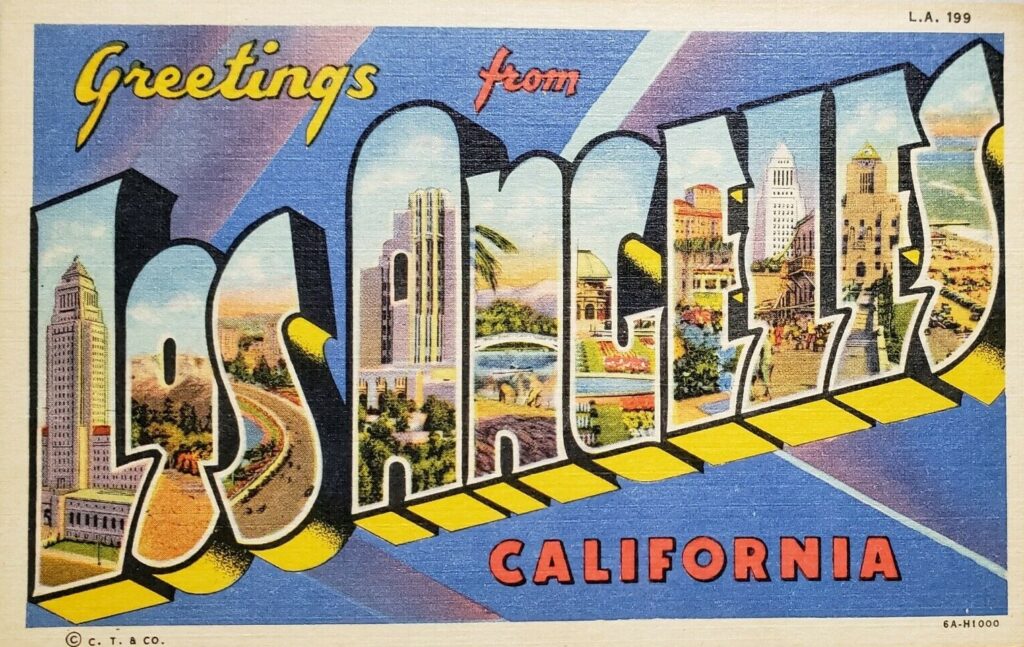
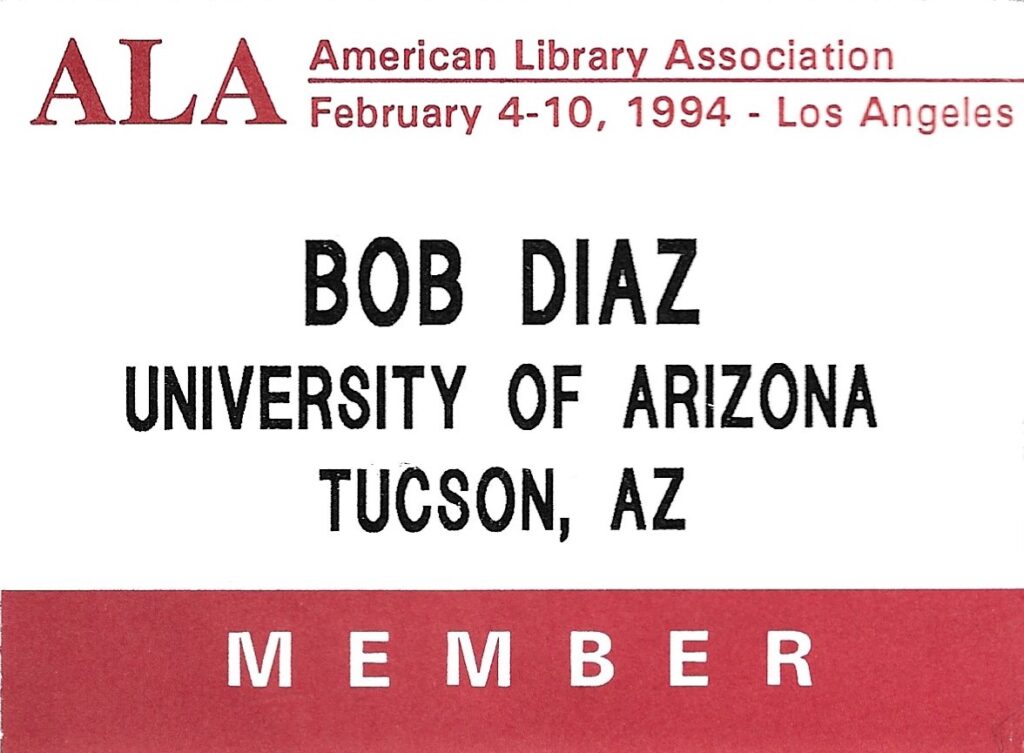
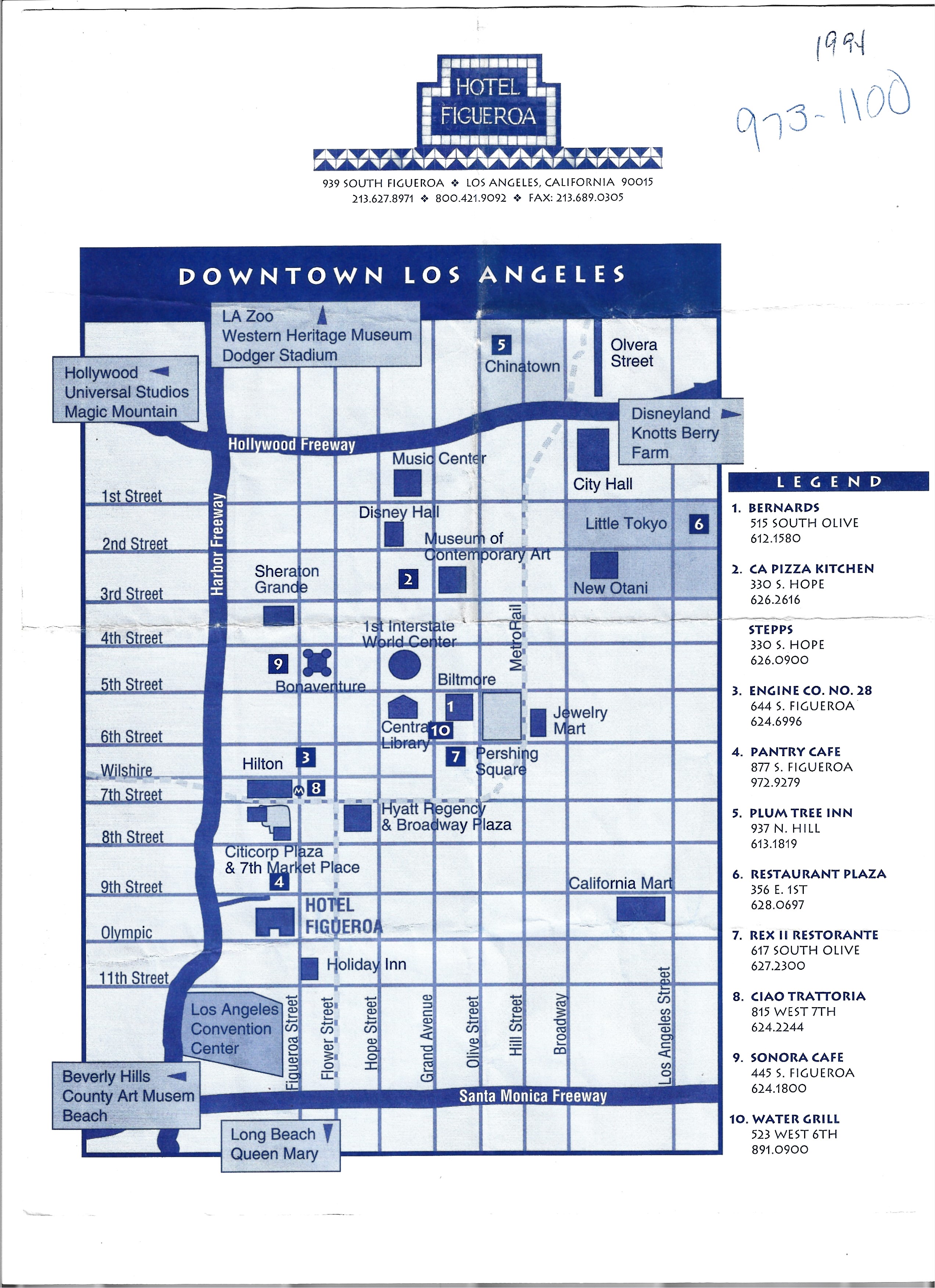
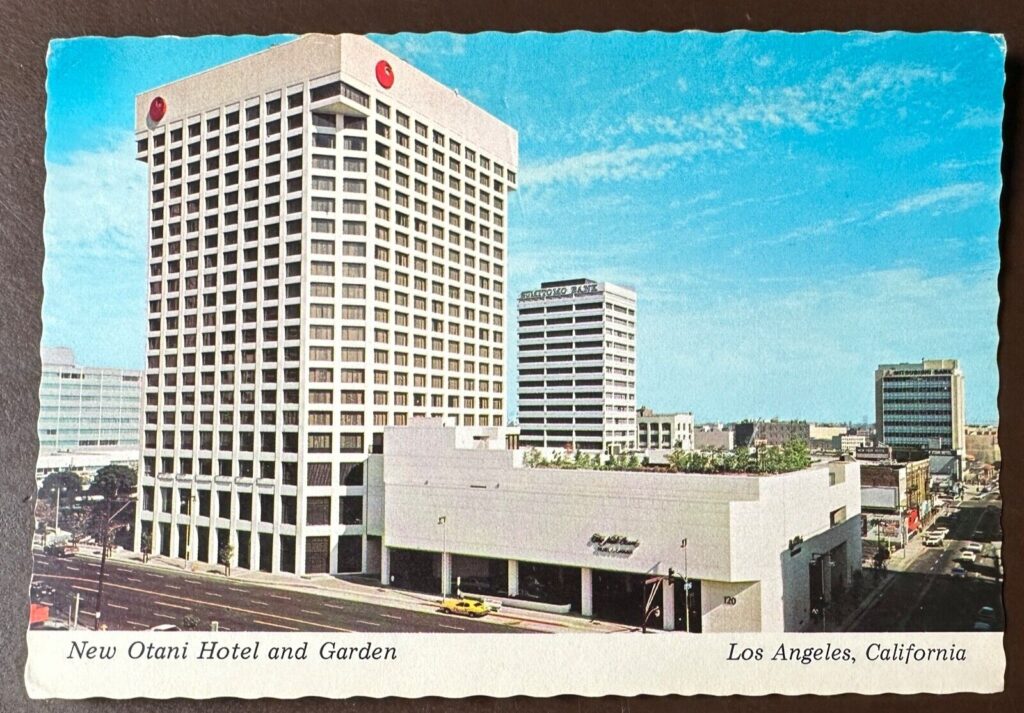
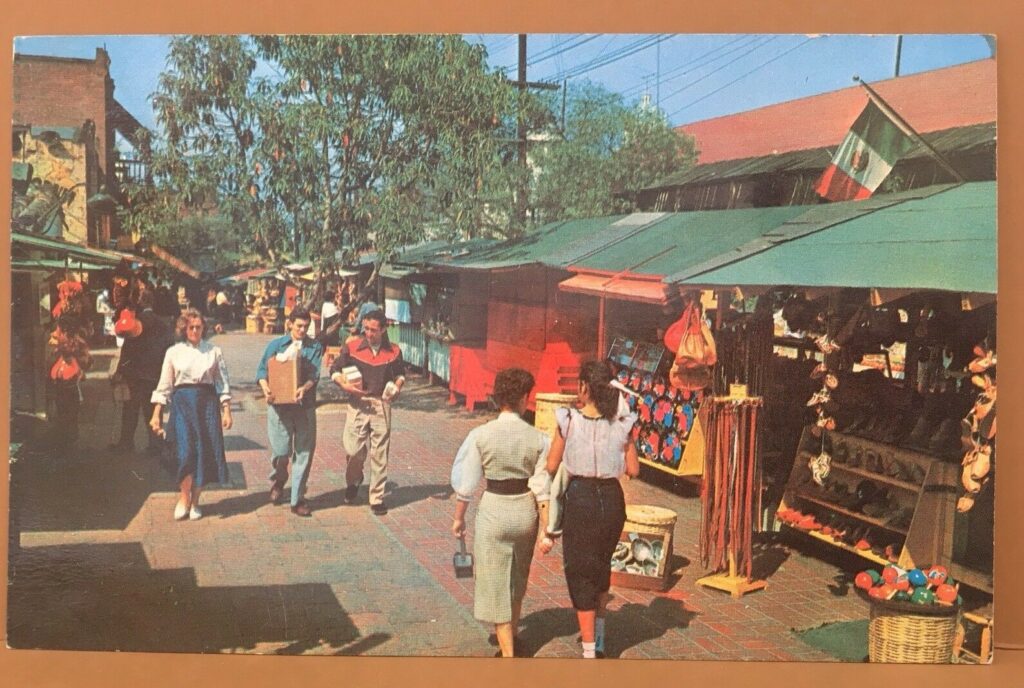
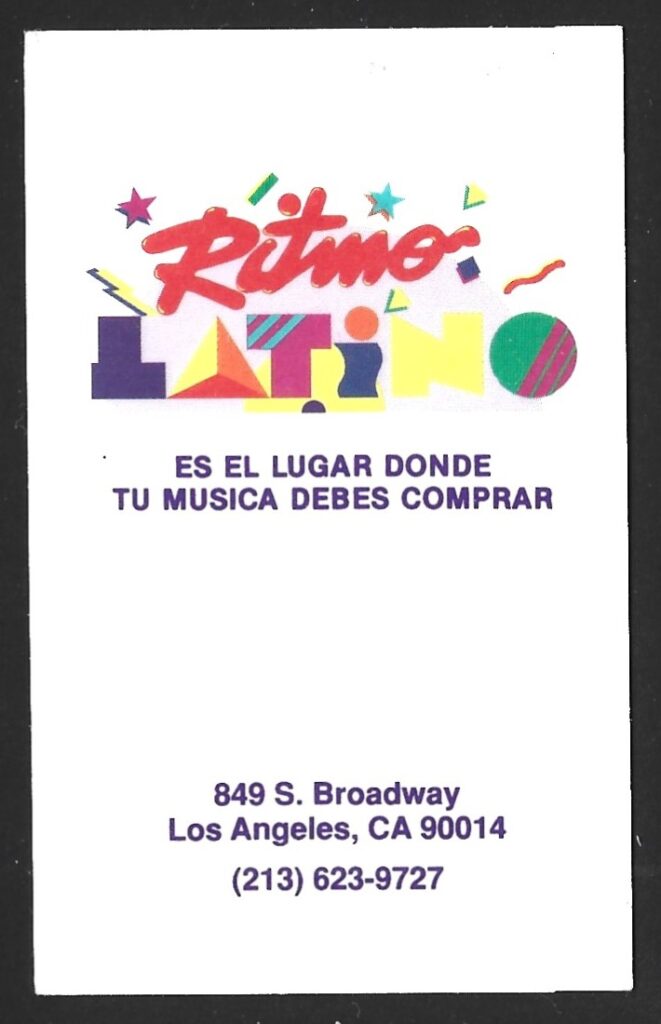
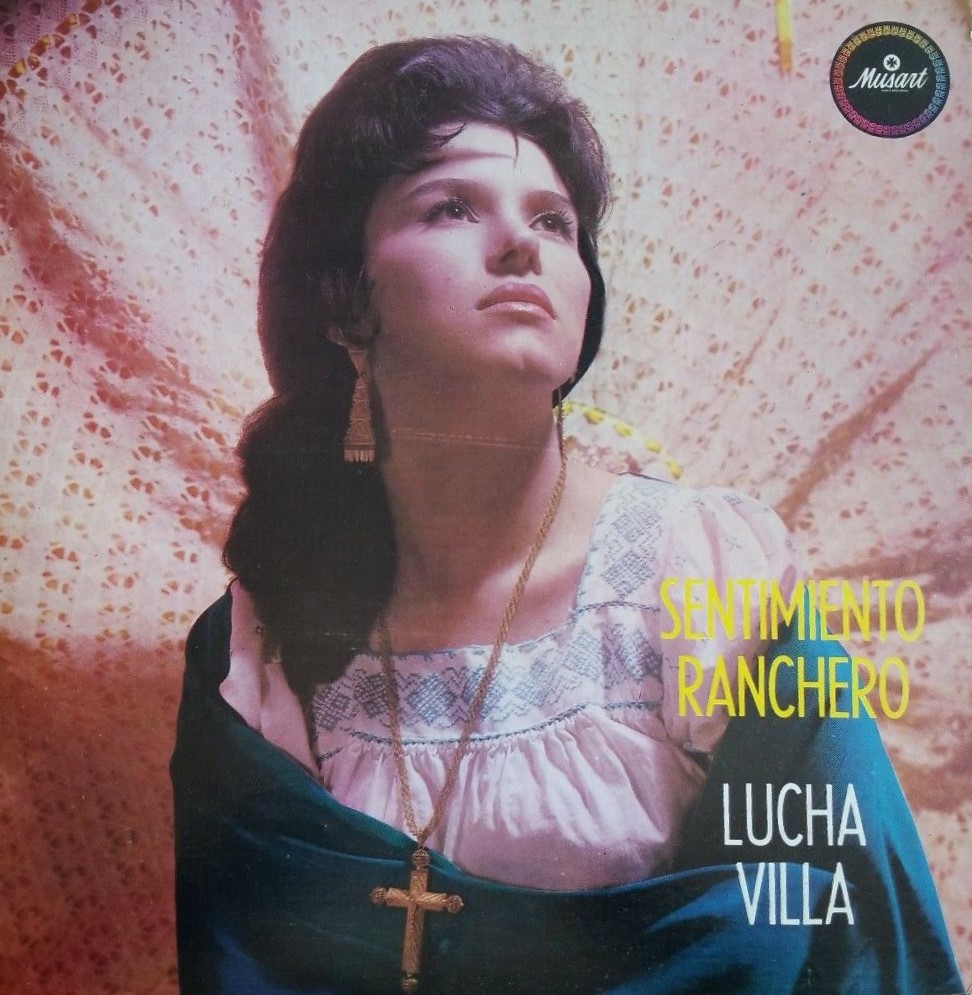
Amparo Ochoa dies. February 8, 1994. She was a great promoter of “la nueva cancion” in Mexico, and recorded some beautiful, traditional Mexican folk music including an entire album of corridos and songs from the Mexican Revolution.
Valentine’s Day cards.
Ruben and I celebrated our 1 year anniversary as a couple in late February. He celebrated his 31st birthday in June.
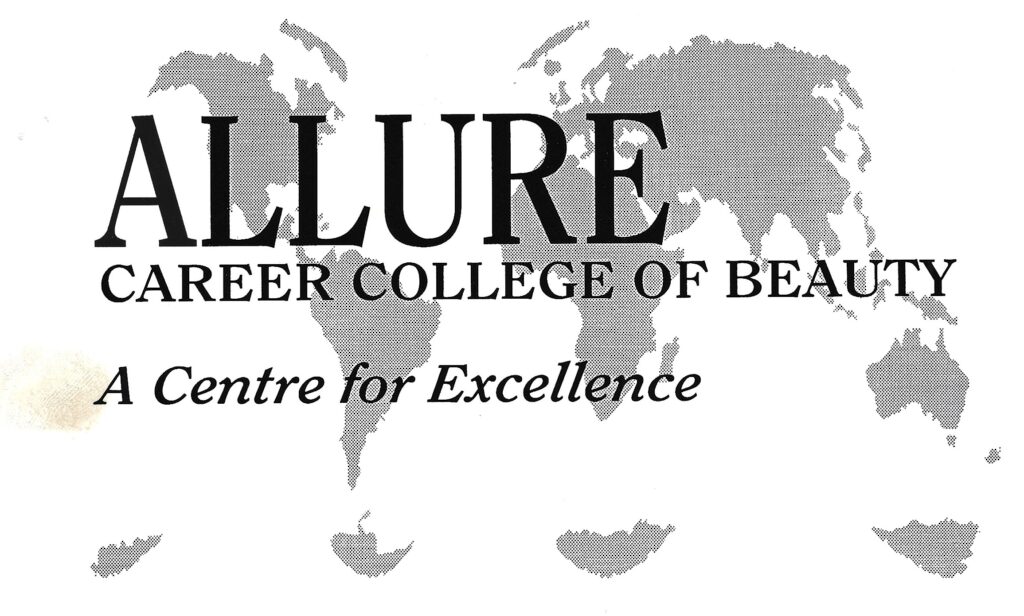
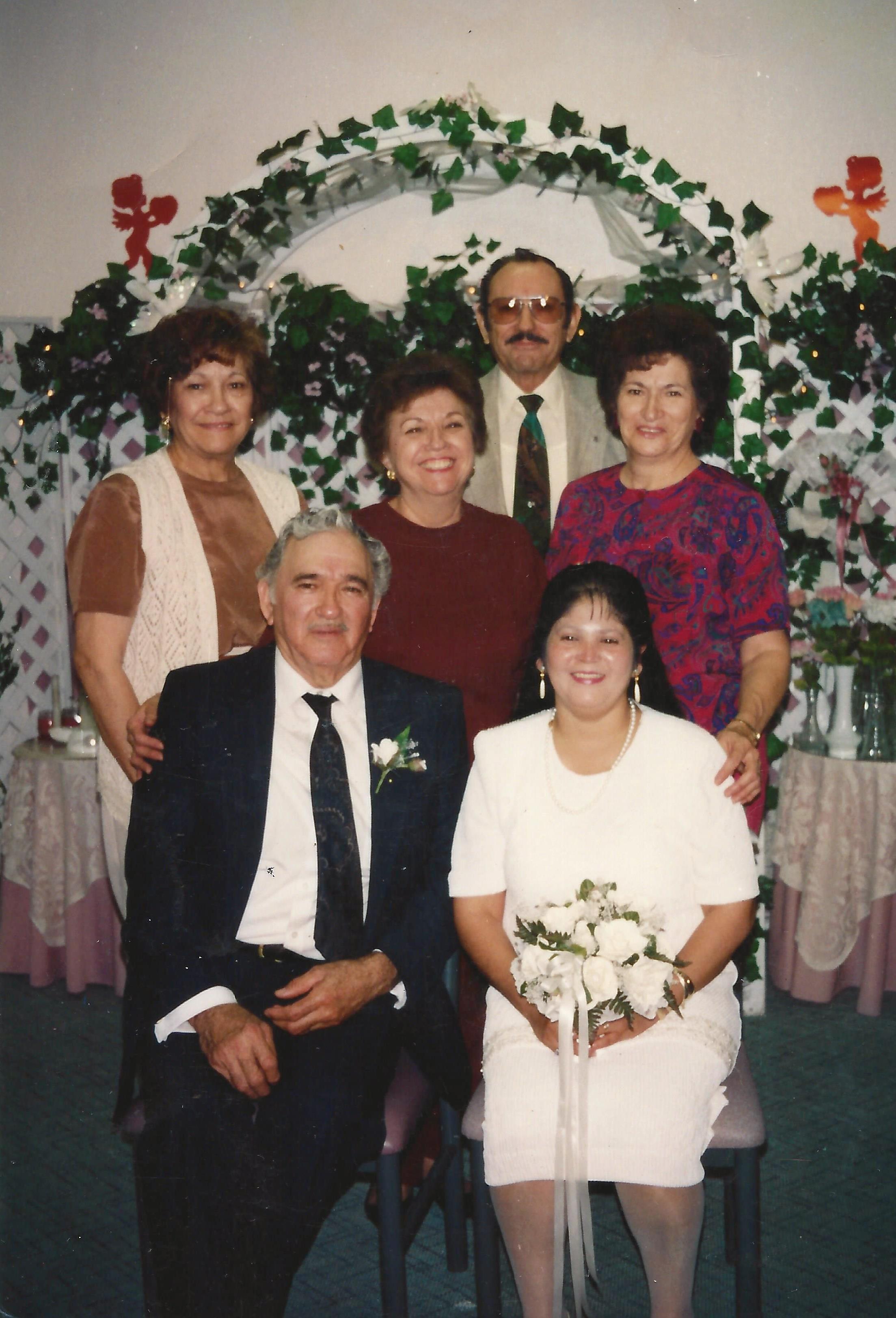
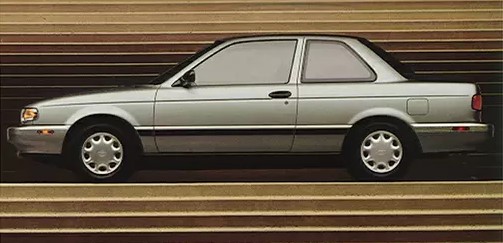
Nelson Mandela wins the presidential election in South Africa on April 27 in South Africa’s first fully multi-racial elections. He becomes the first democratically elected president the following month.
In celebration of El Cinco de Mayo, Lupe Castillo, a well-known local Chicana activist and history instructor at Pima Community College, was invited to the Library by the Diversity Council to speak about the cultural and social significance of El Cinco de Mayo to Tucson’s Mexican American community. She talked about immigration along the way, which ruffled a few feathers, but I thought it was great. The event included a musical performance by Mariachi Arizona and a potluck. I coordinated this program on behalf of the Library Diversity Council. When Mariachi Arizona was playing, the leader asked me if I would sing the song “Volver, Volver”, and I did! It was a lot of fun, and I wasn’t even drinking any booze! Ha ha ha!
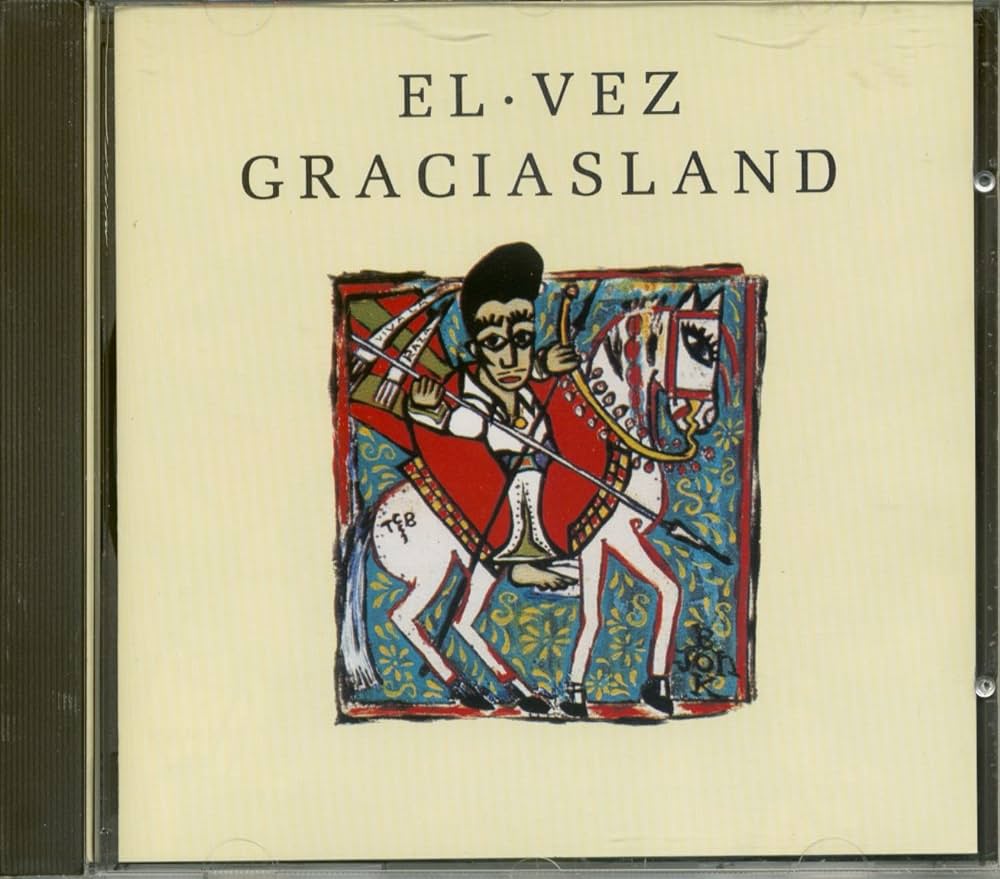
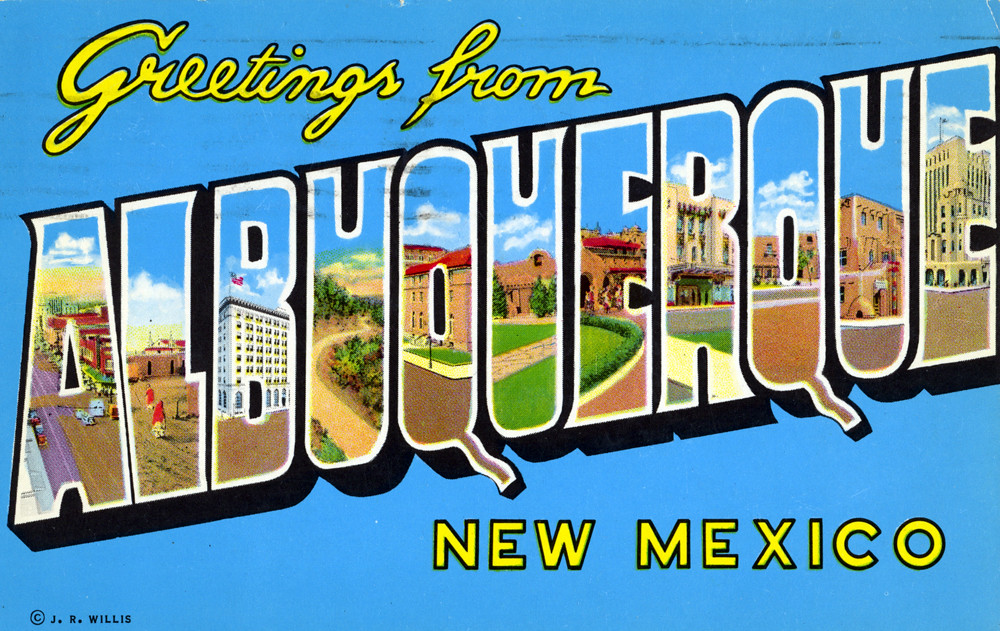
ALA Annual in Miami was a lot of fun, but getting around to the various meetings was a real challenge. Some of the meetings were held in Miami Beach, and others in the city of Miami. It was a logistical mess. I had fun any way and went dancing several times, hung out at the beach, and I also enjoyed spending time with my friends Richard DiRusso and Mario Gonzalez, who drove us around in a red convertible one bright, sunny day. It was great.
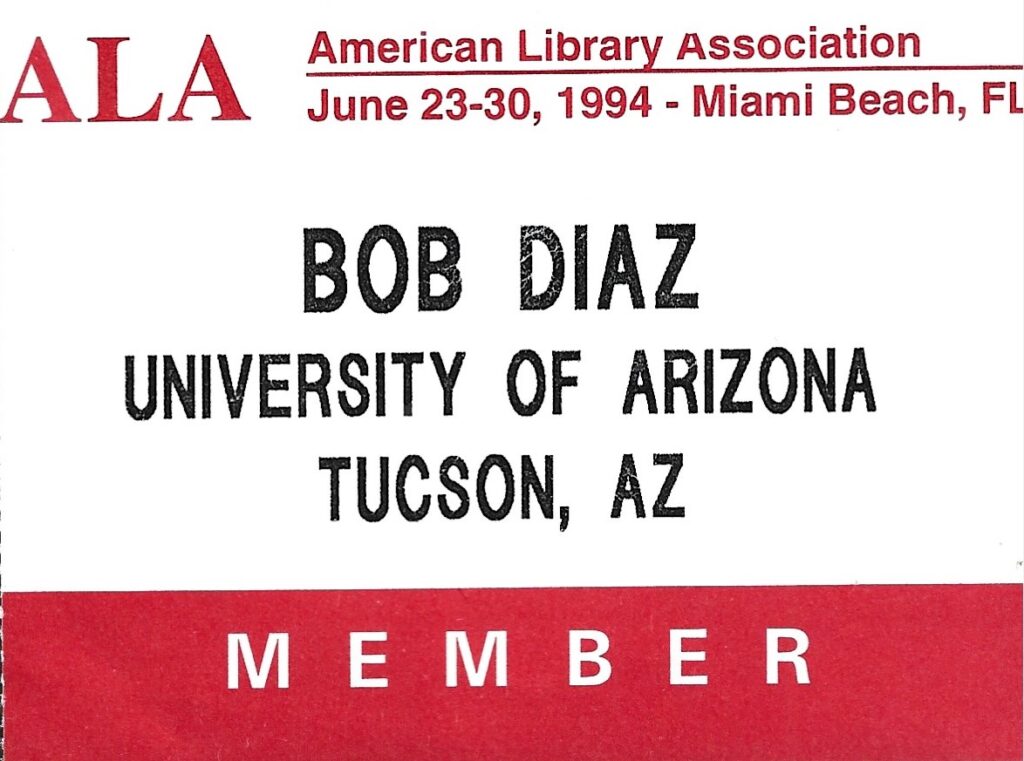
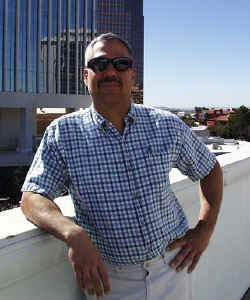
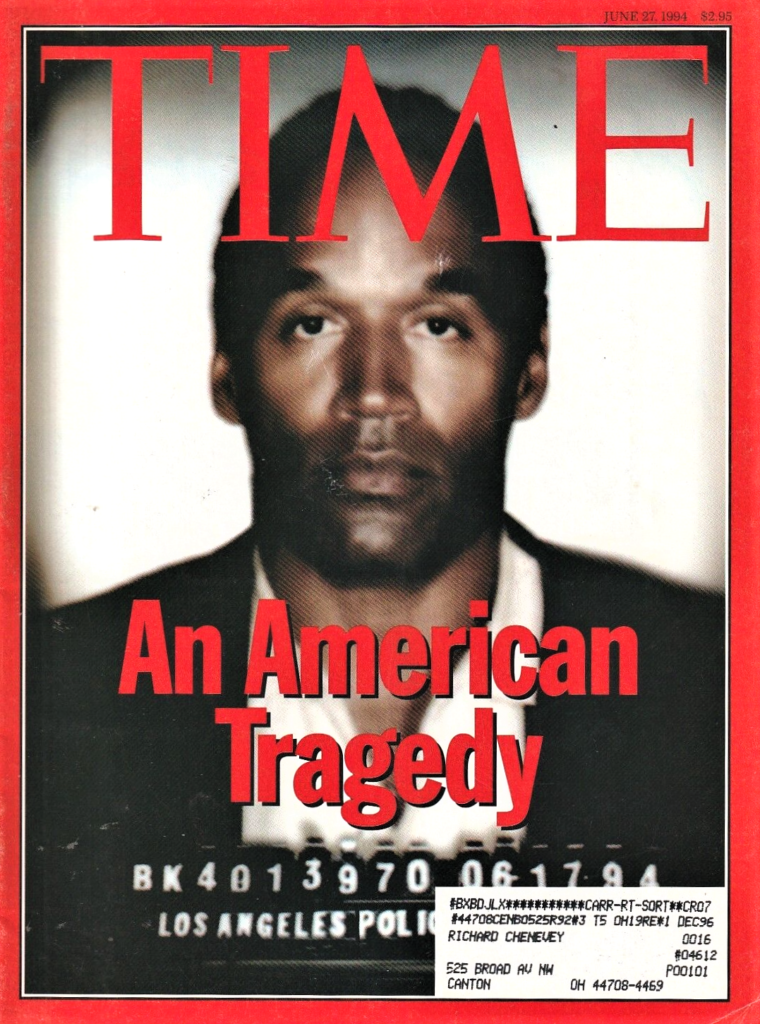
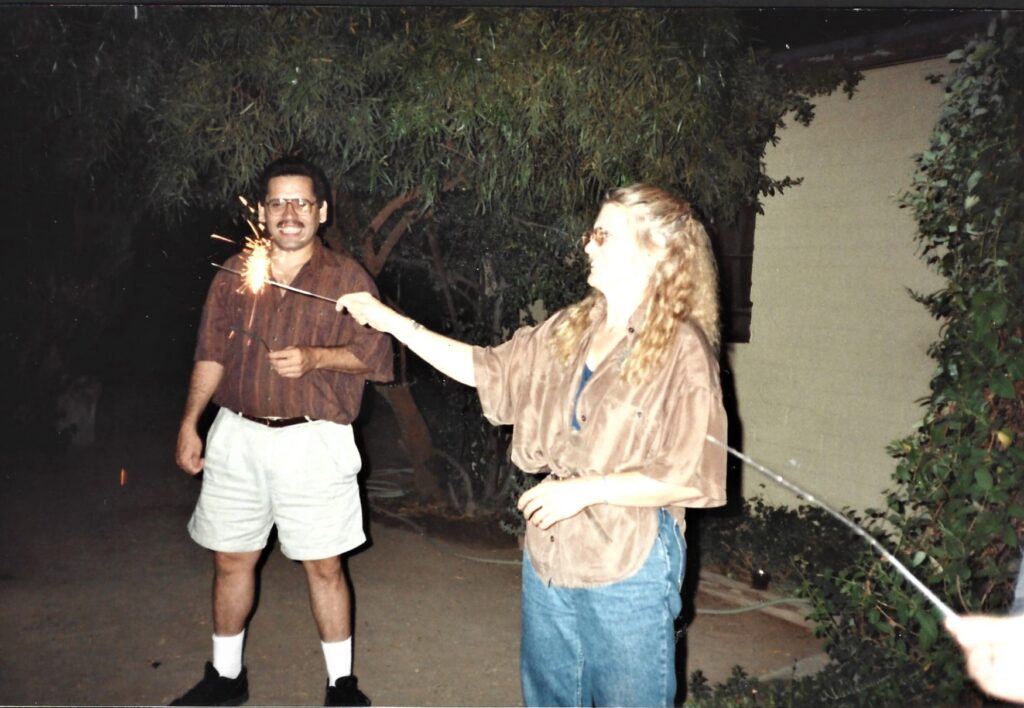
The world wide web was born in 1994. According to some estimates, there were just 10,000 websites and two million computers connected to the Internet. Amazon, Yahoo! and Mosaic Communications (later Netscape) were in the beginning stages.
I contributed a chapter to this book back in 1991-1992, while I was working at the University of Michigan Undergraduate Library. It finally saw the light of day in early August, 1994. It’s available here: Collection Development in Multicultural Studies, book chapter in Cultural Diversity in Libraries, edited by Don Riggs and Patricia Tarin, Neal-Schuman Publishers, 1994.
Grand Canyon with Ruben. First week of August.
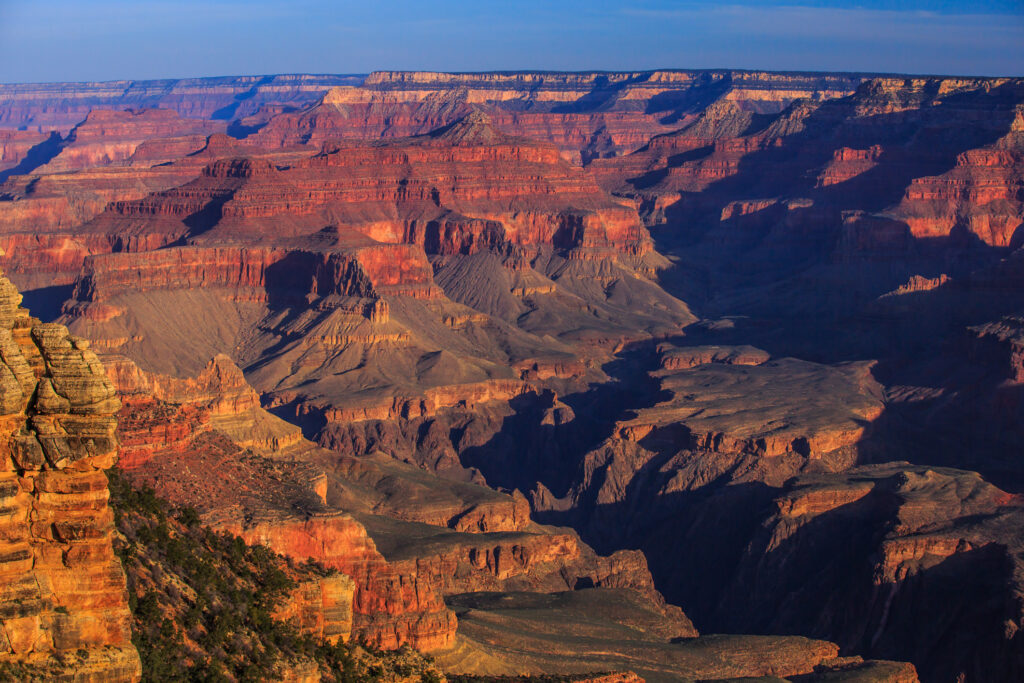
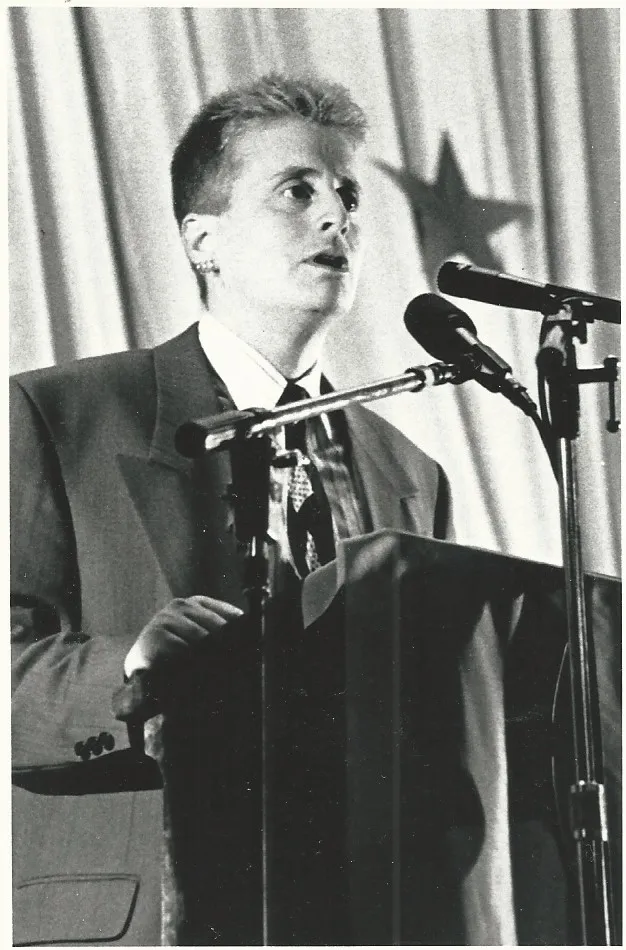
California’s Proposition 187 was designed to deny social services, non-emergency health services, and public education to undocumented immigrants. California voters passed the proposed law by a margin of 59 percent to 41 percent at a referendum on November 8, 1994. The law was challenged in a legal suit the day after its passage, and found unconstitutional by a federal district court on November 11, 1994.
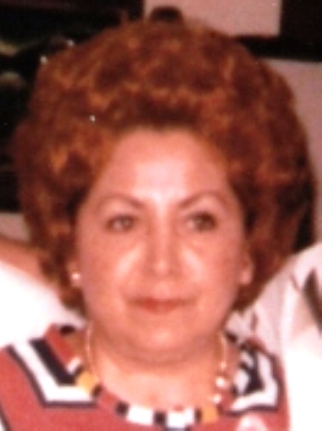
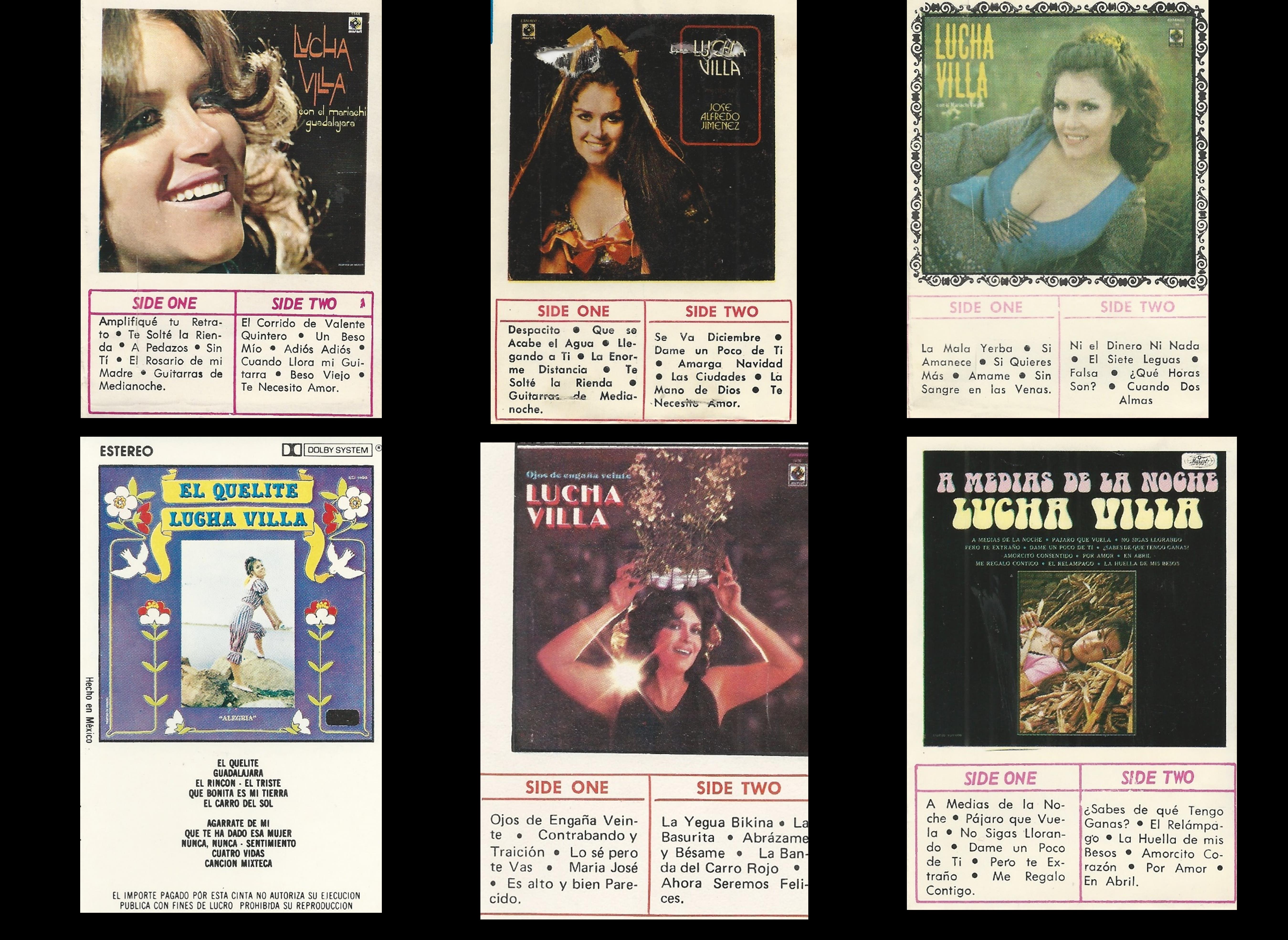
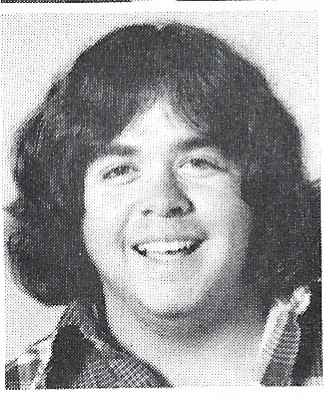
Cousin Martin dies.
I was a member of the ALA Gay and Lesbian Task Force’s Book Award Committee in 1994. I received complimentary copies of a number of books, many of which are listed below. My job as a committee member was to review them and to be prepared to discuss and debate which ones were the best in their respective categories. It was quite an assignment, as there were many, many wonderful books published in 1994.
That’s all, folks!
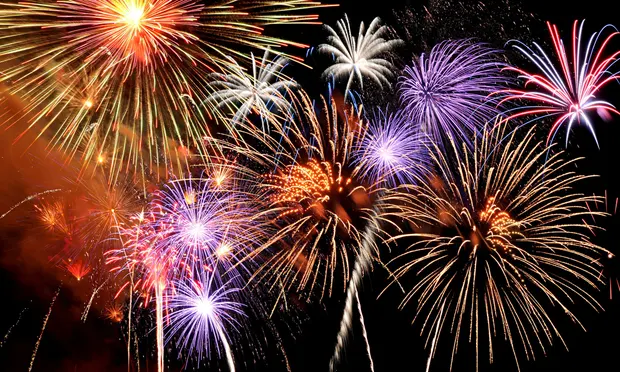
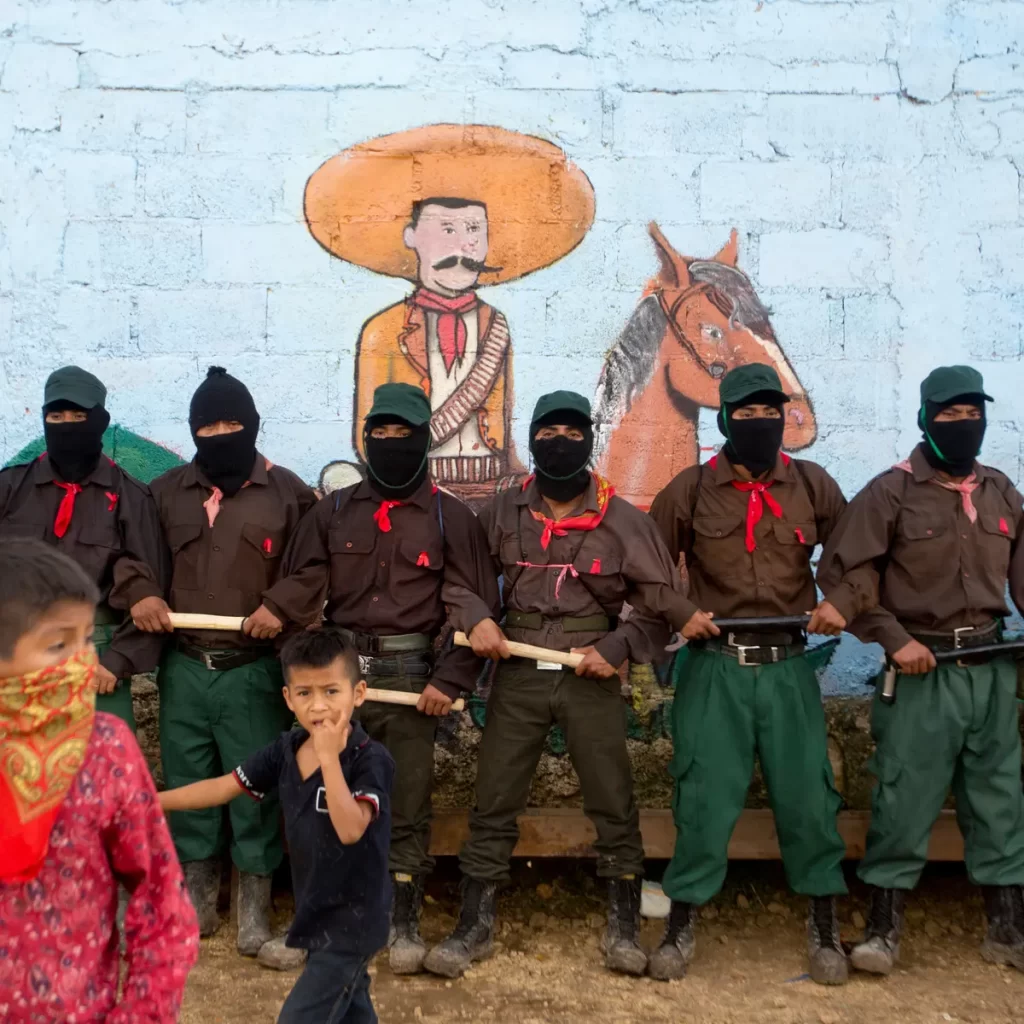
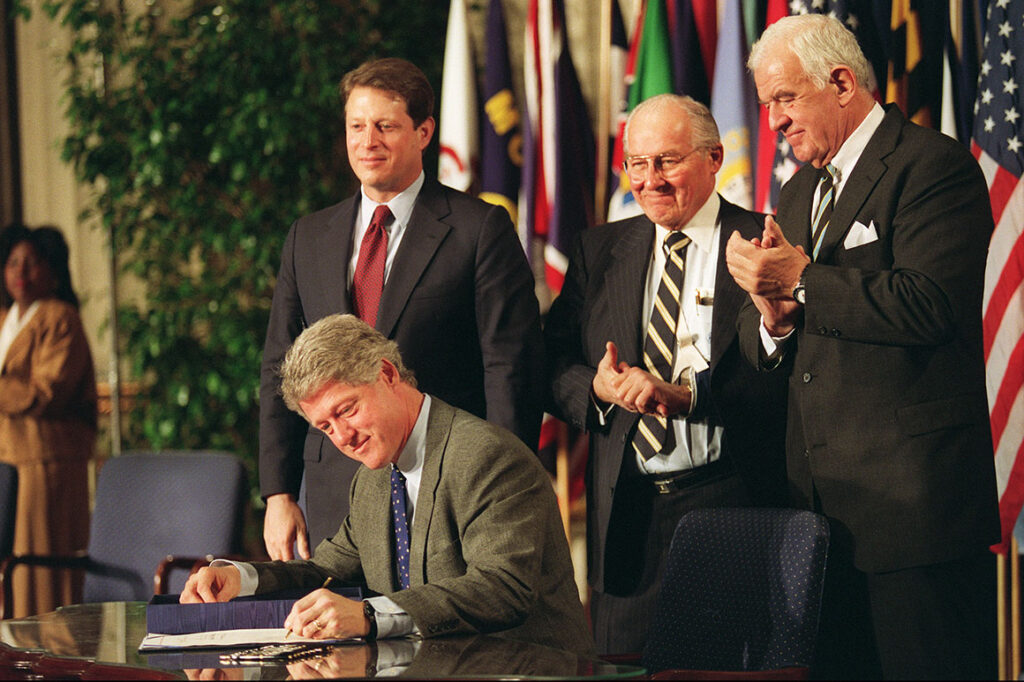

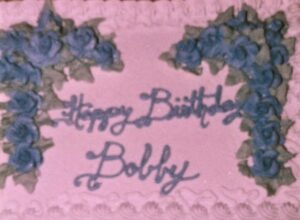
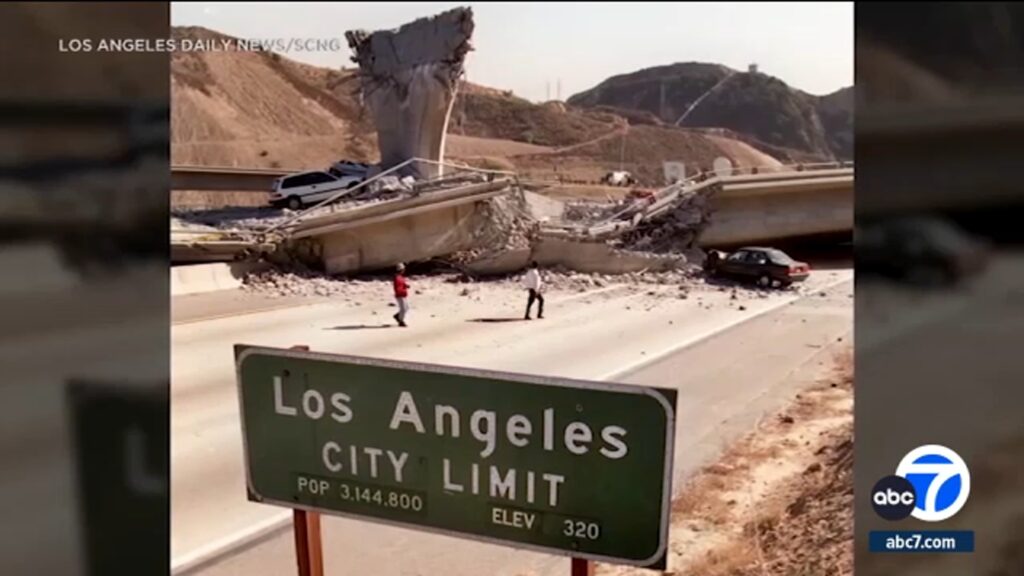
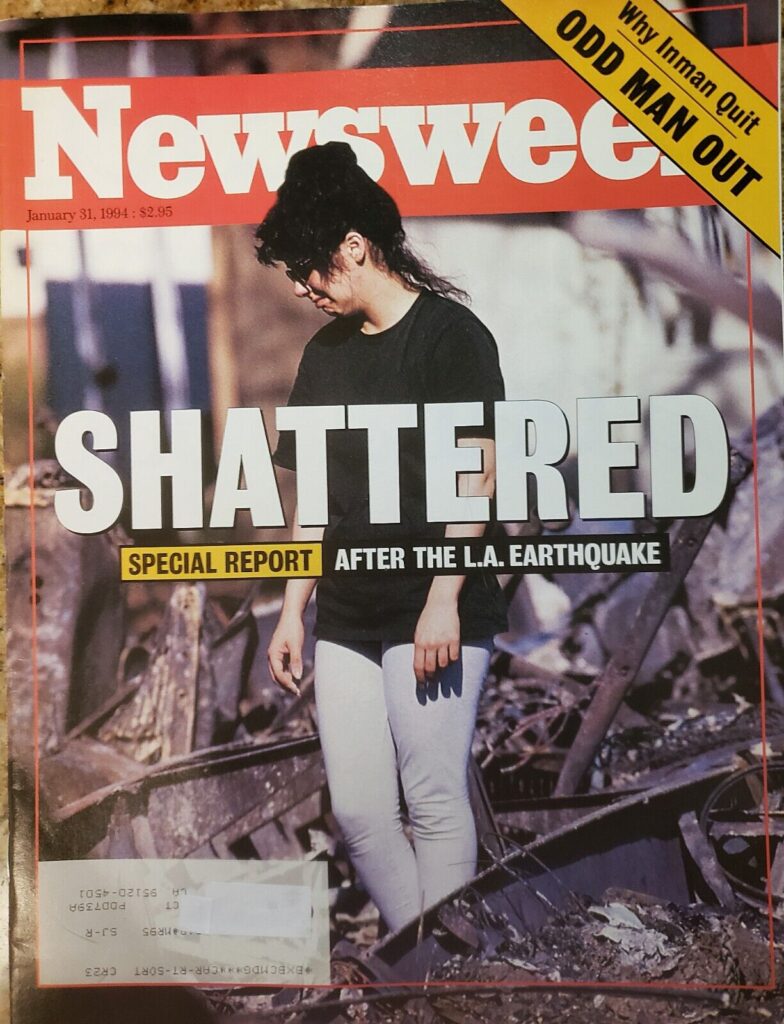
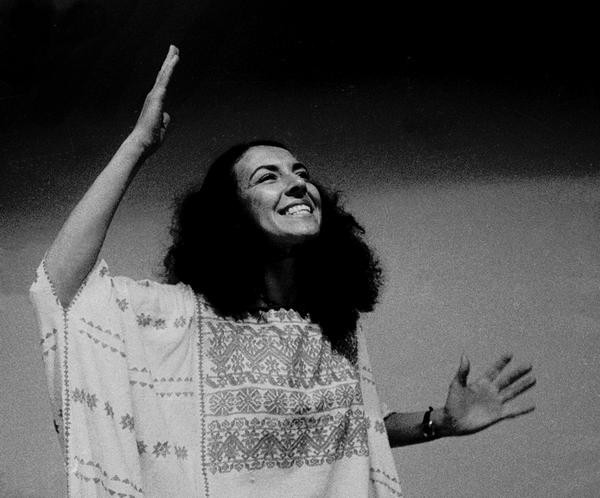
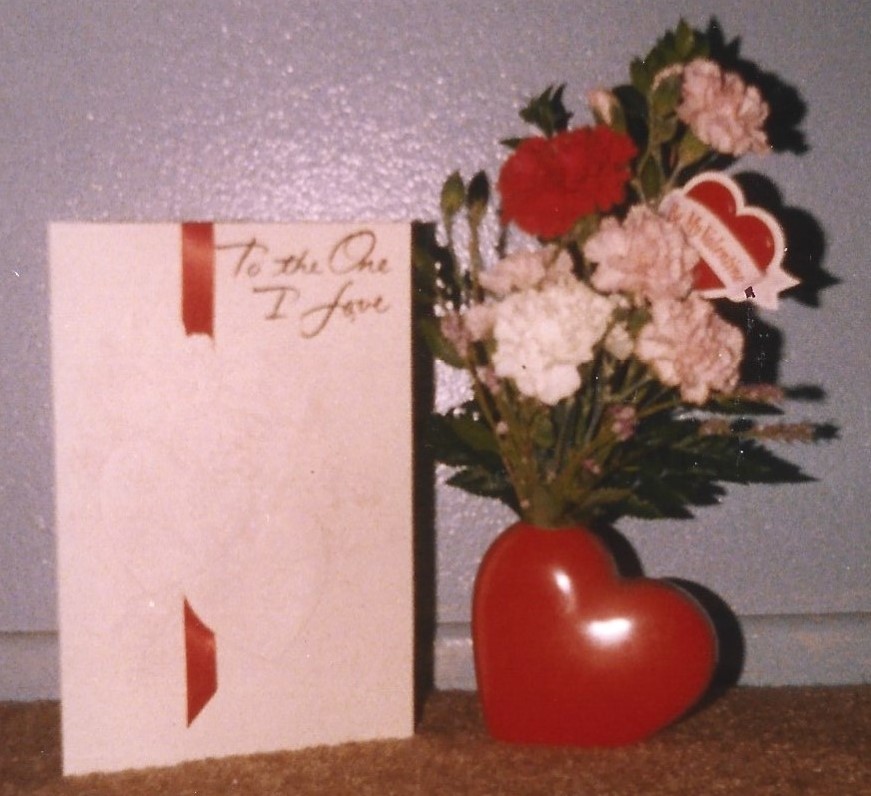
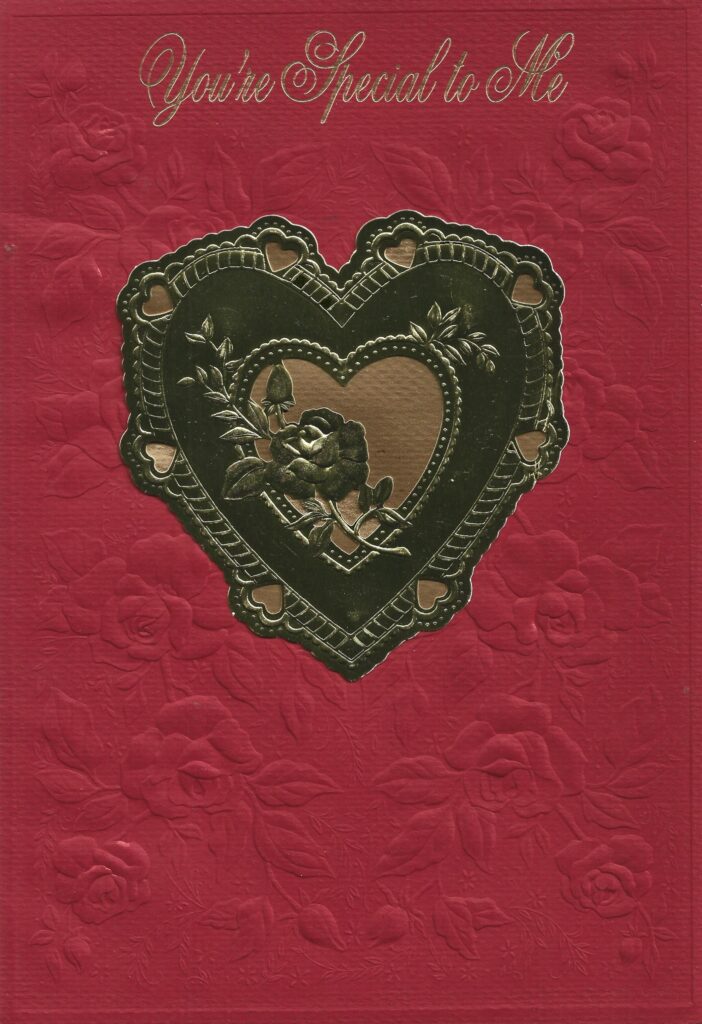
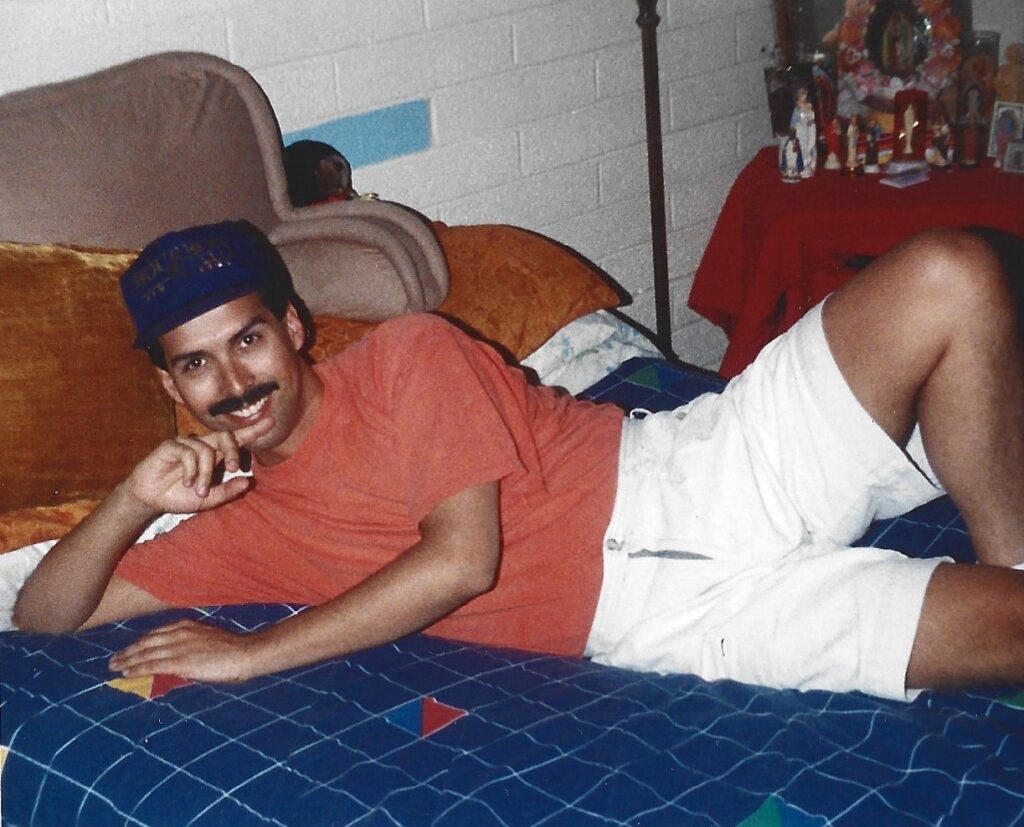
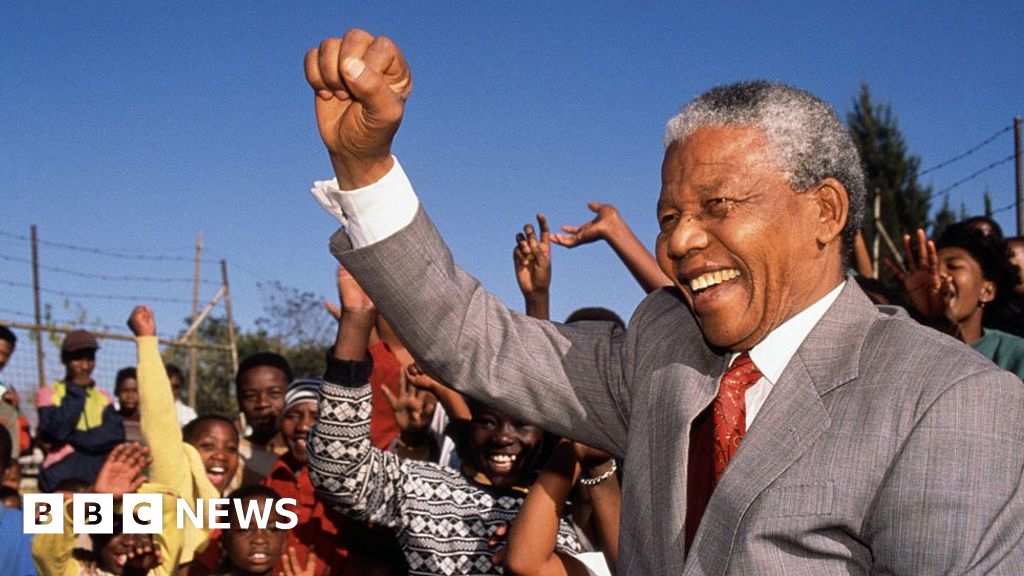
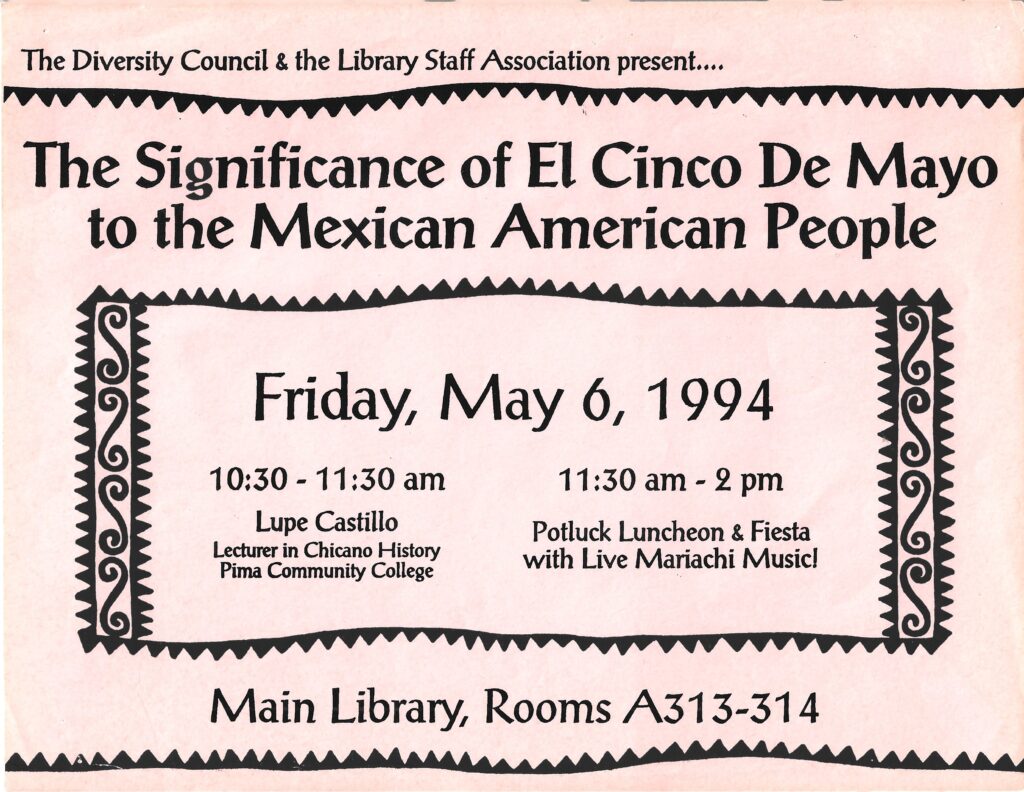
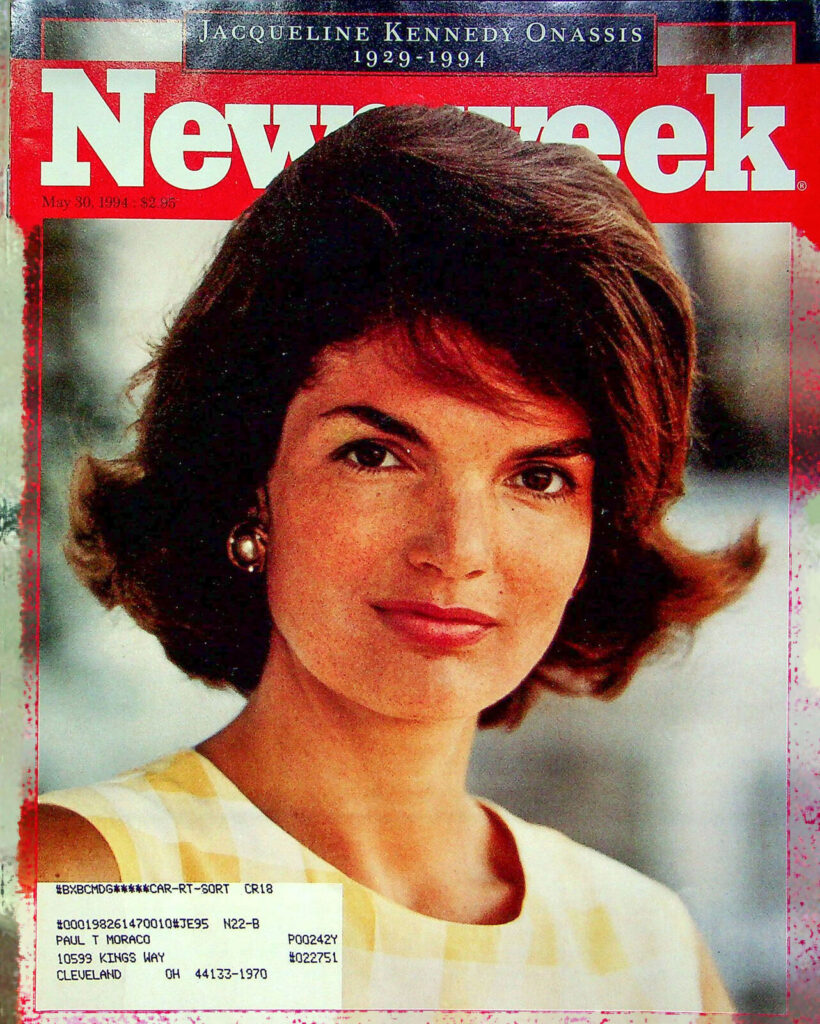
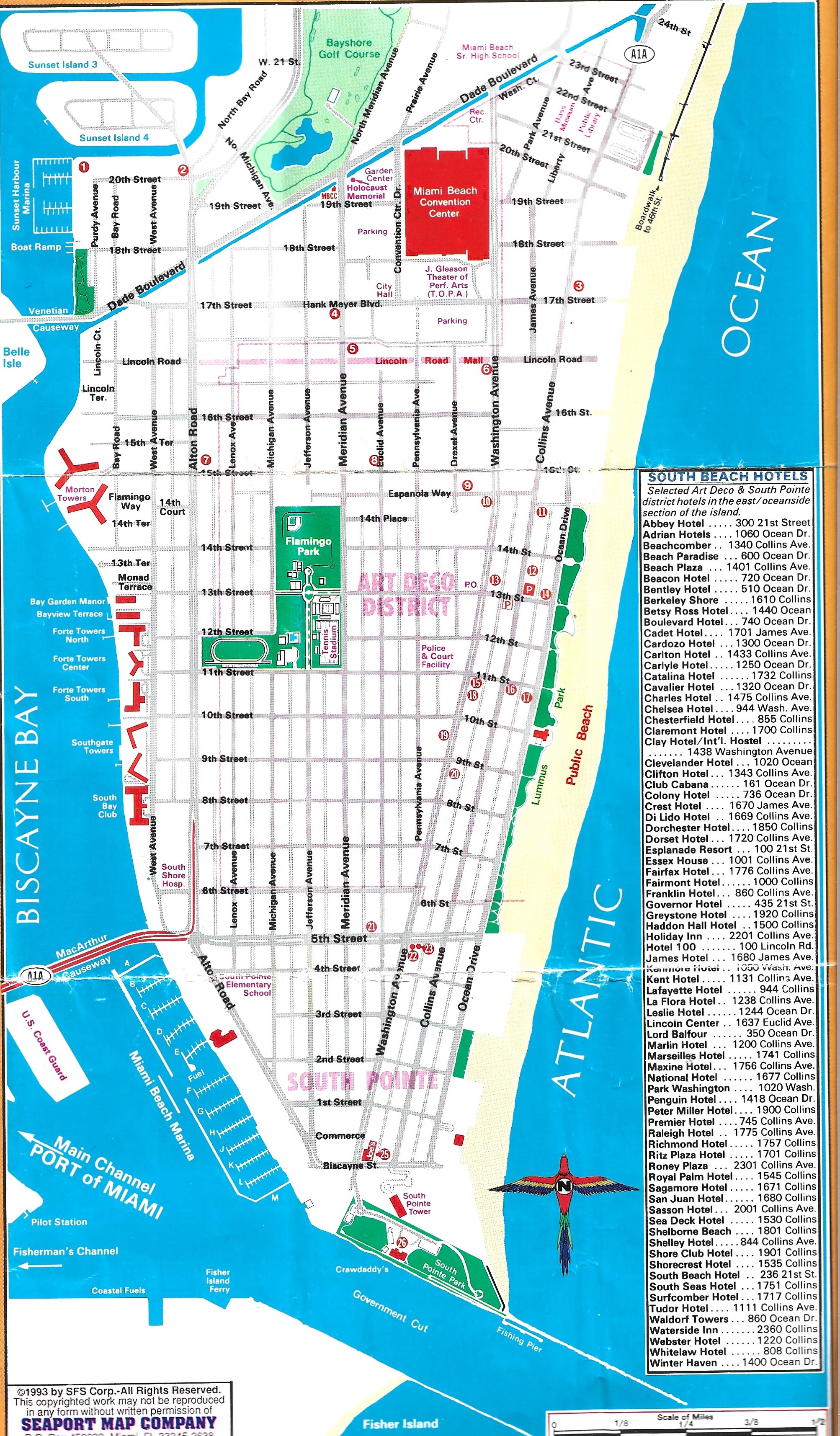
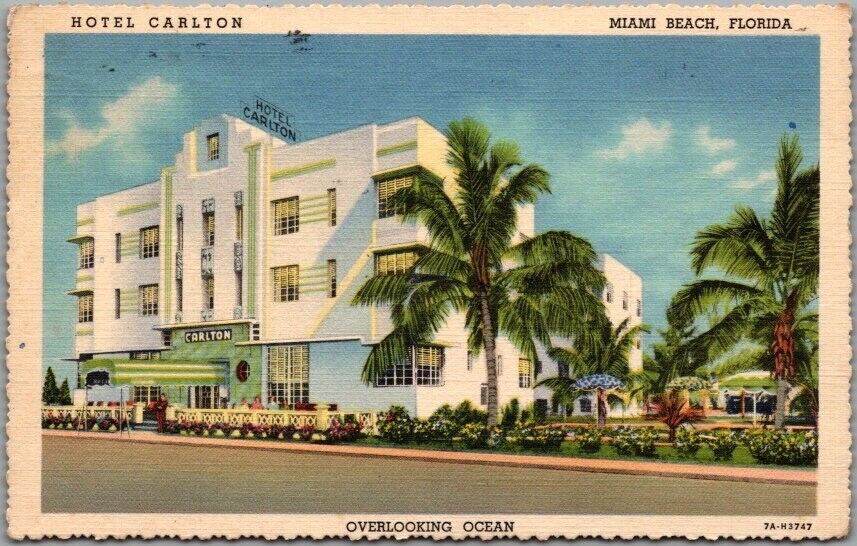
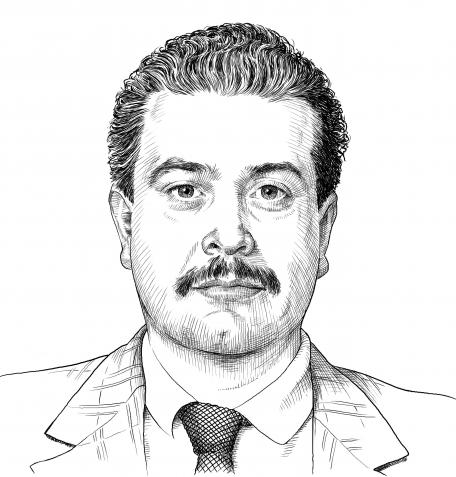
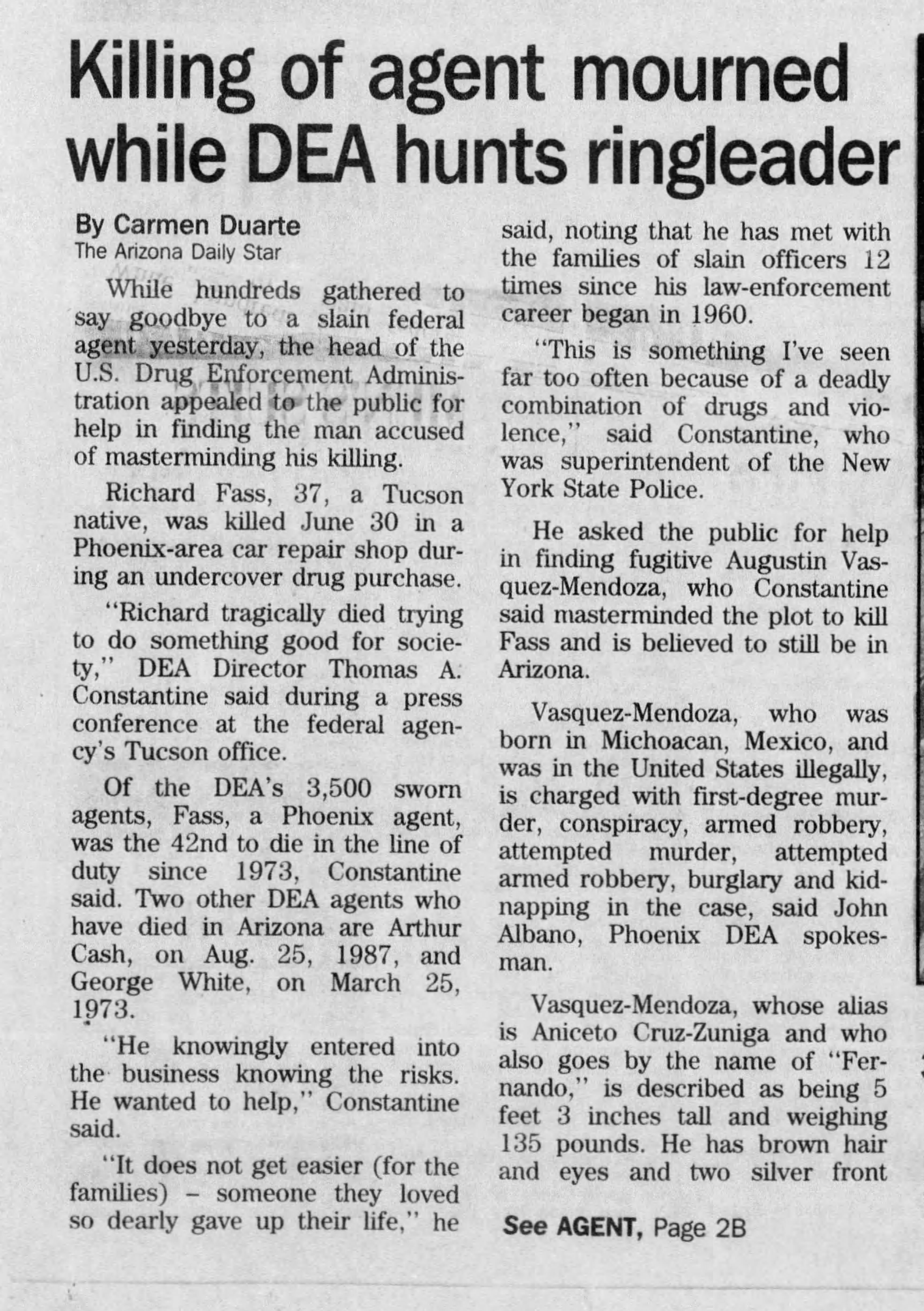
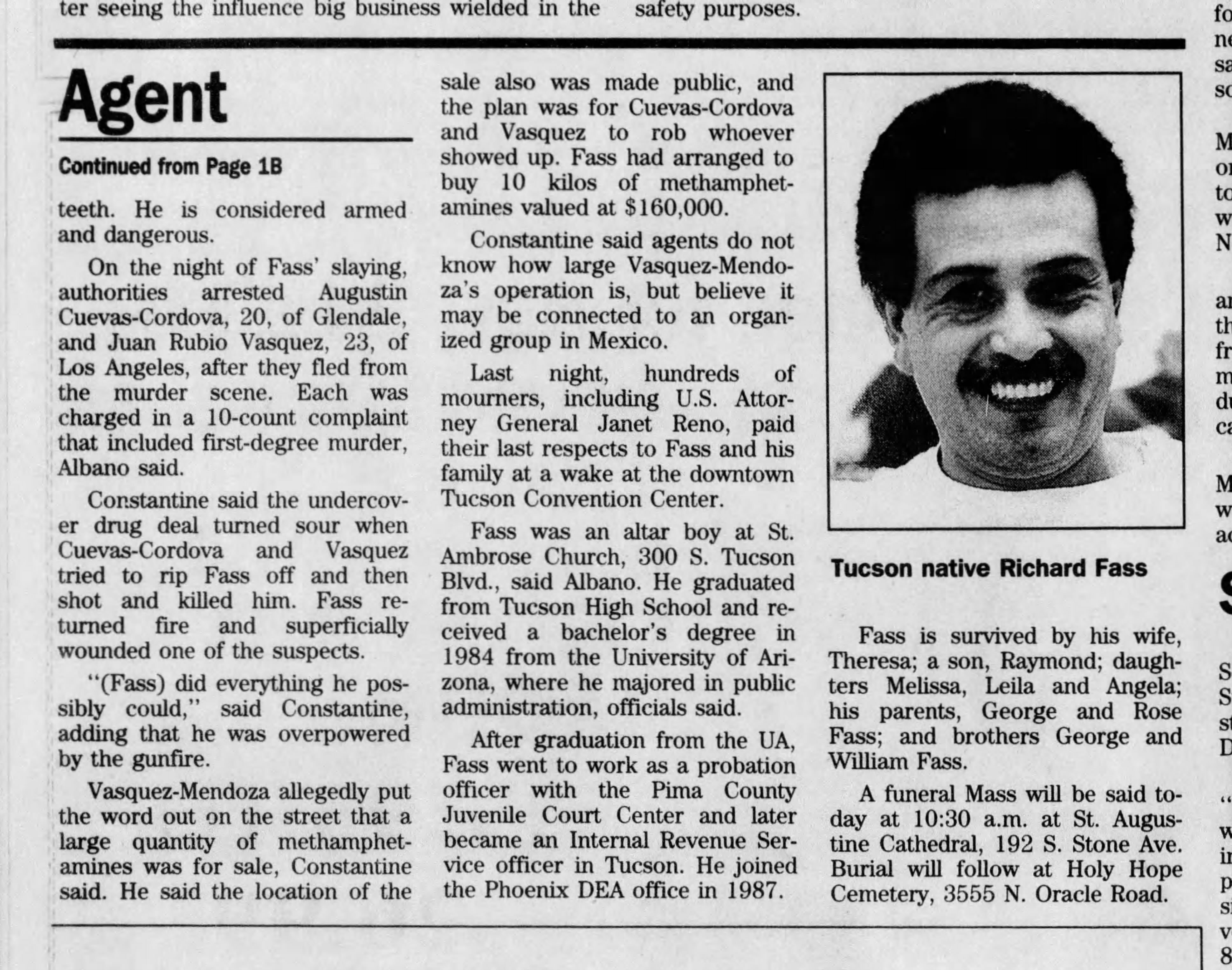
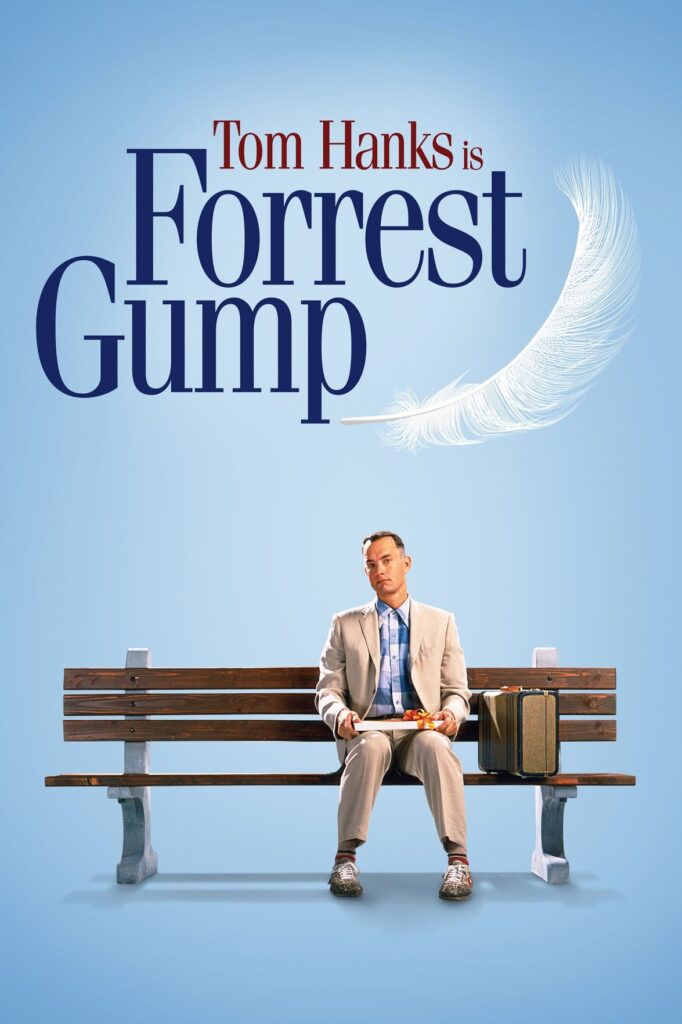
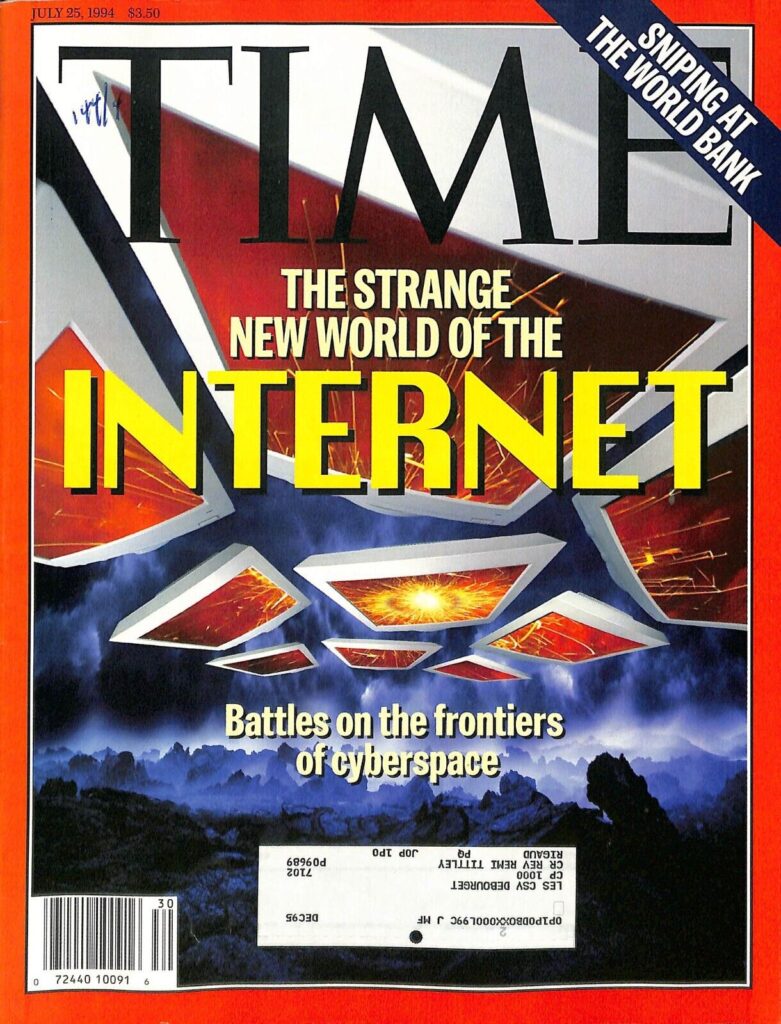
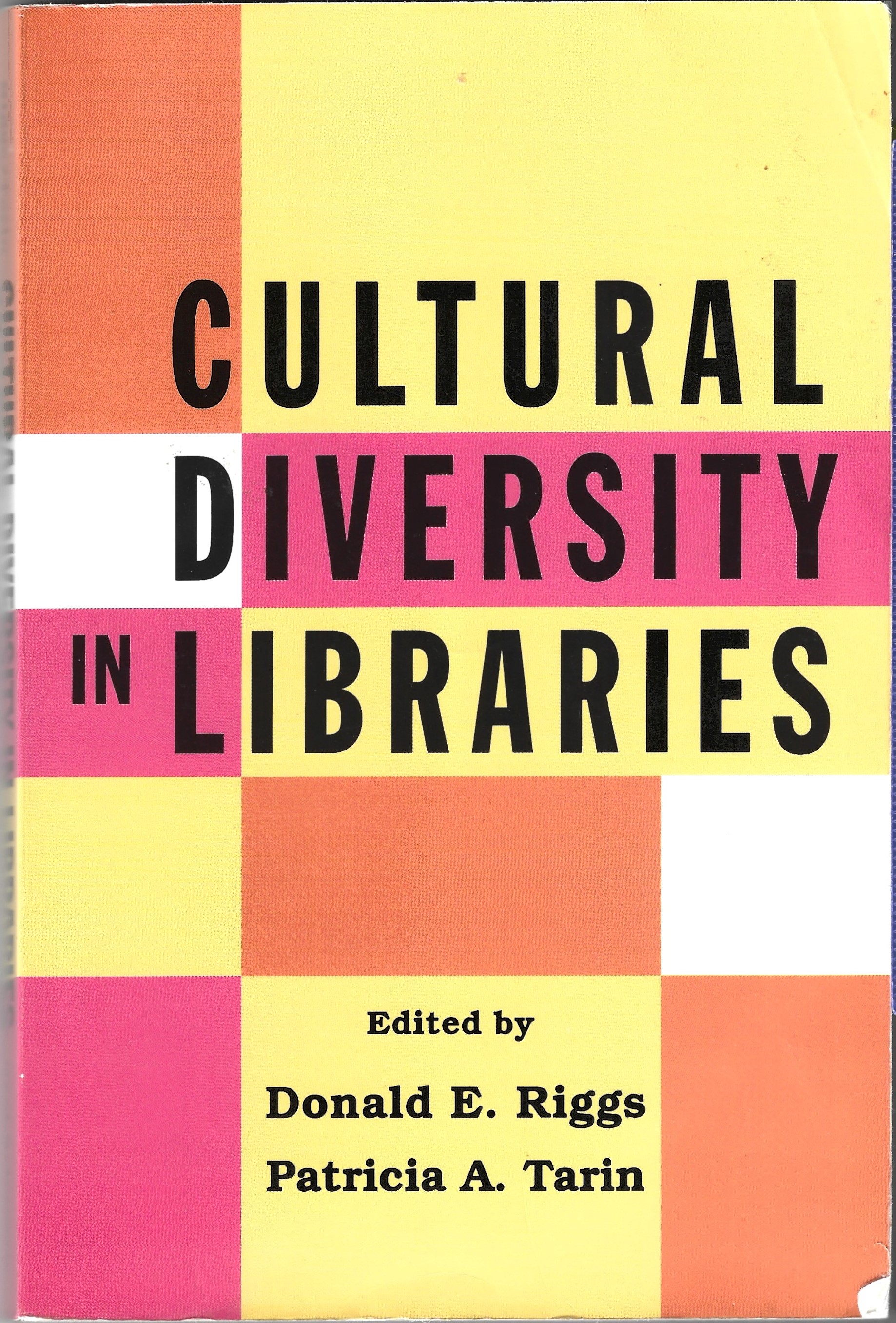
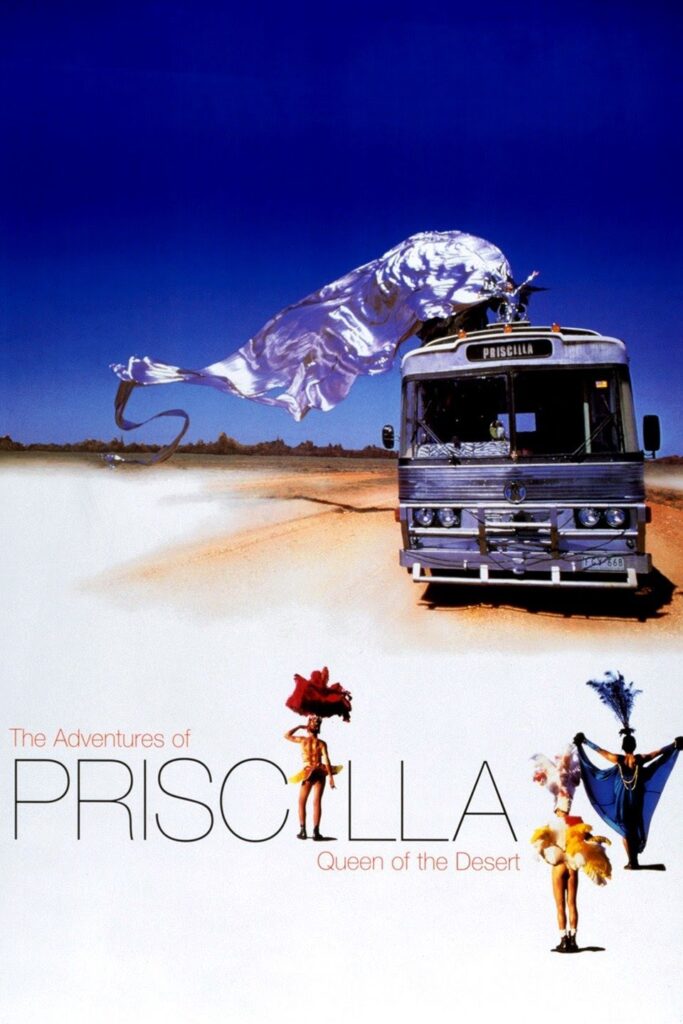
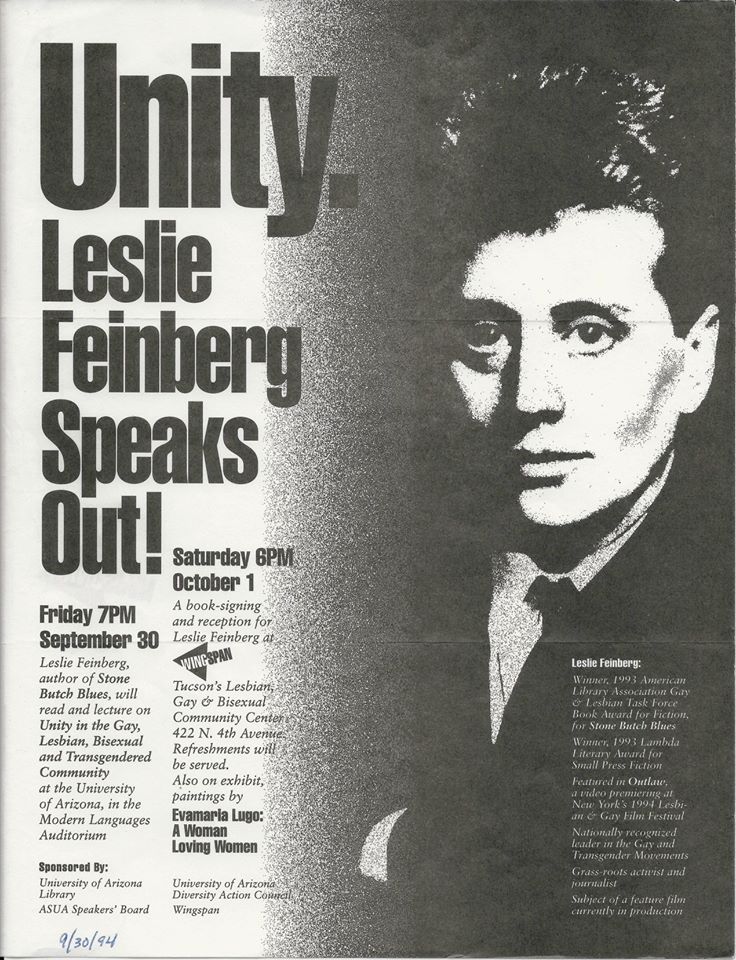
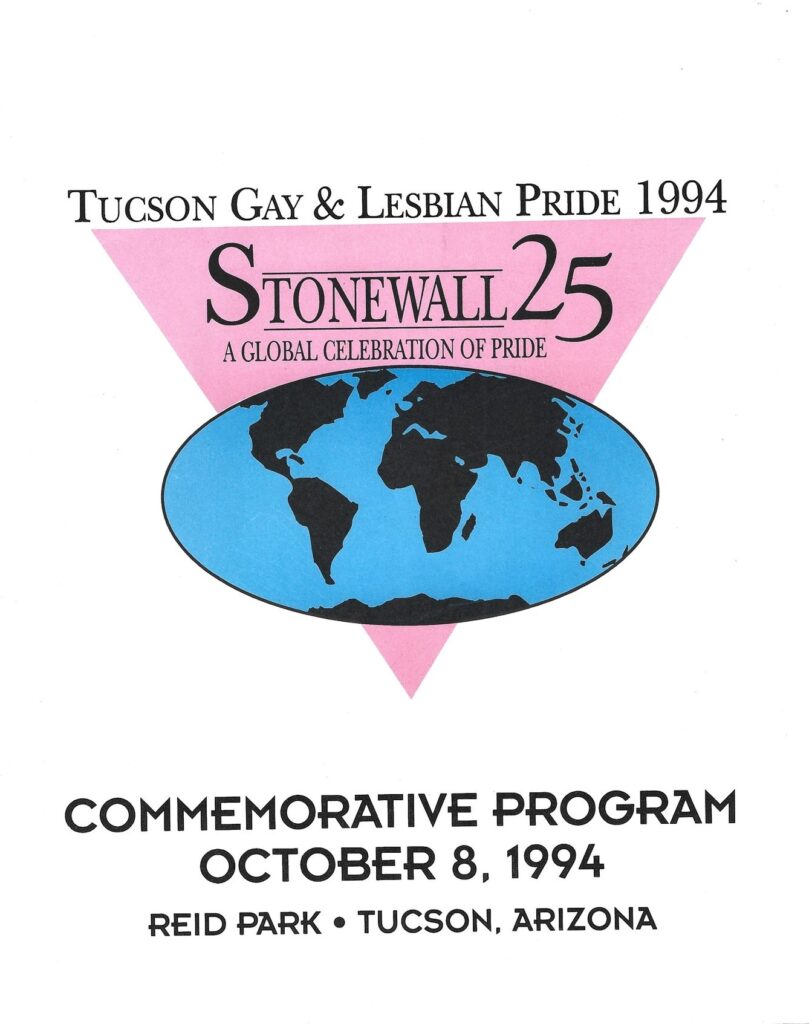

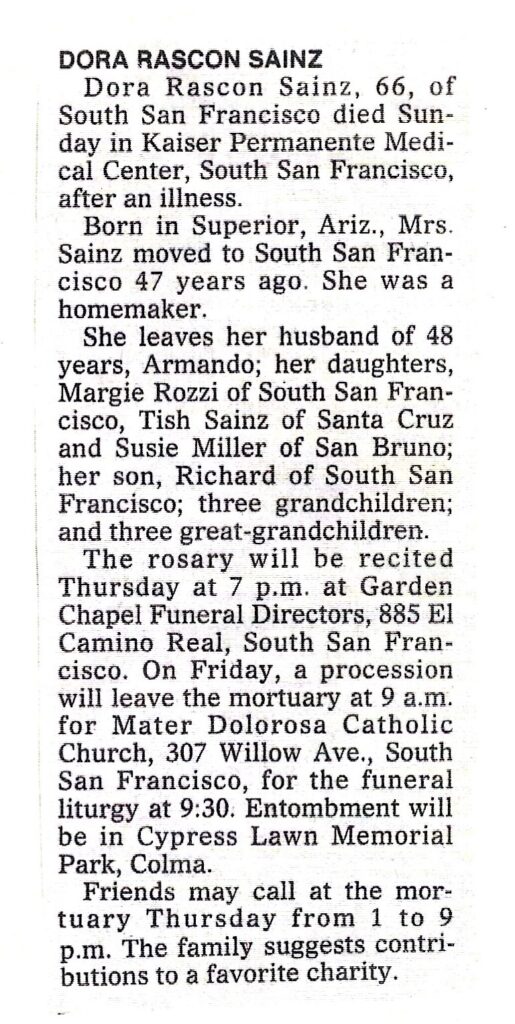
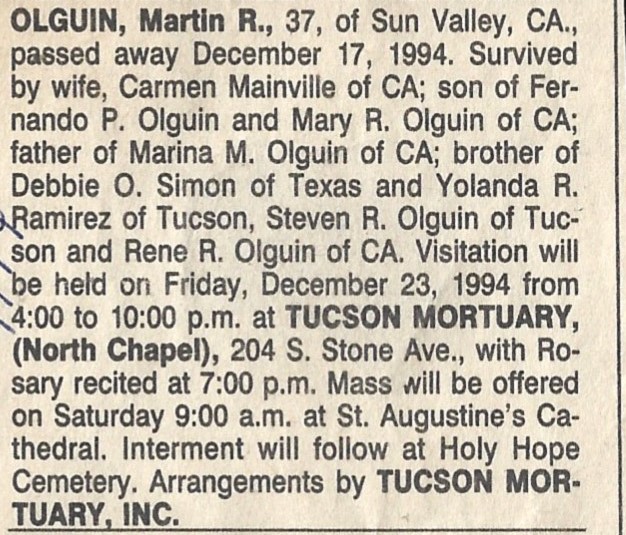
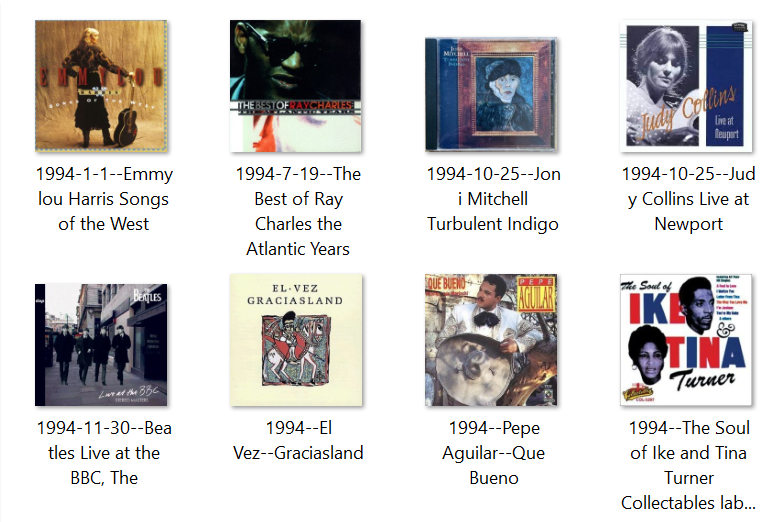
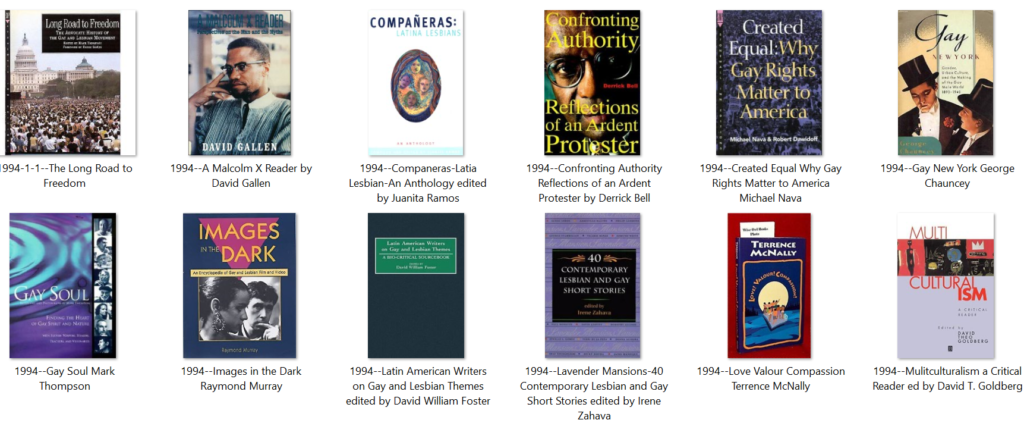
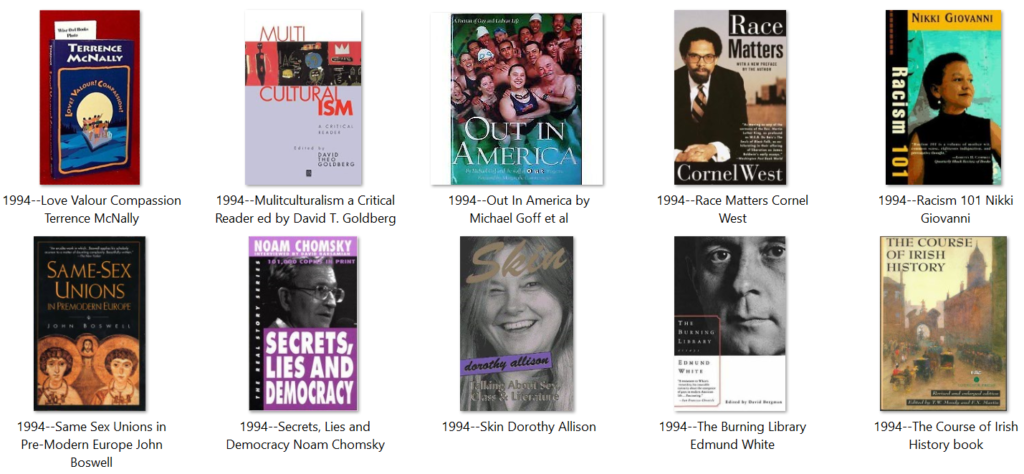
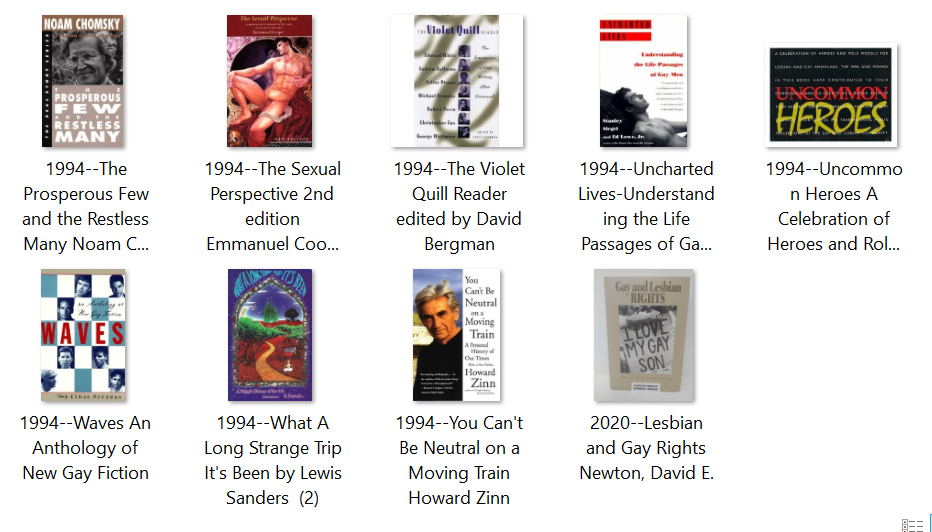
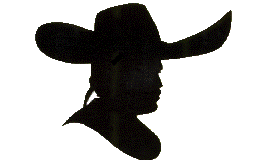
I always learn so much from your posts, dear friend.